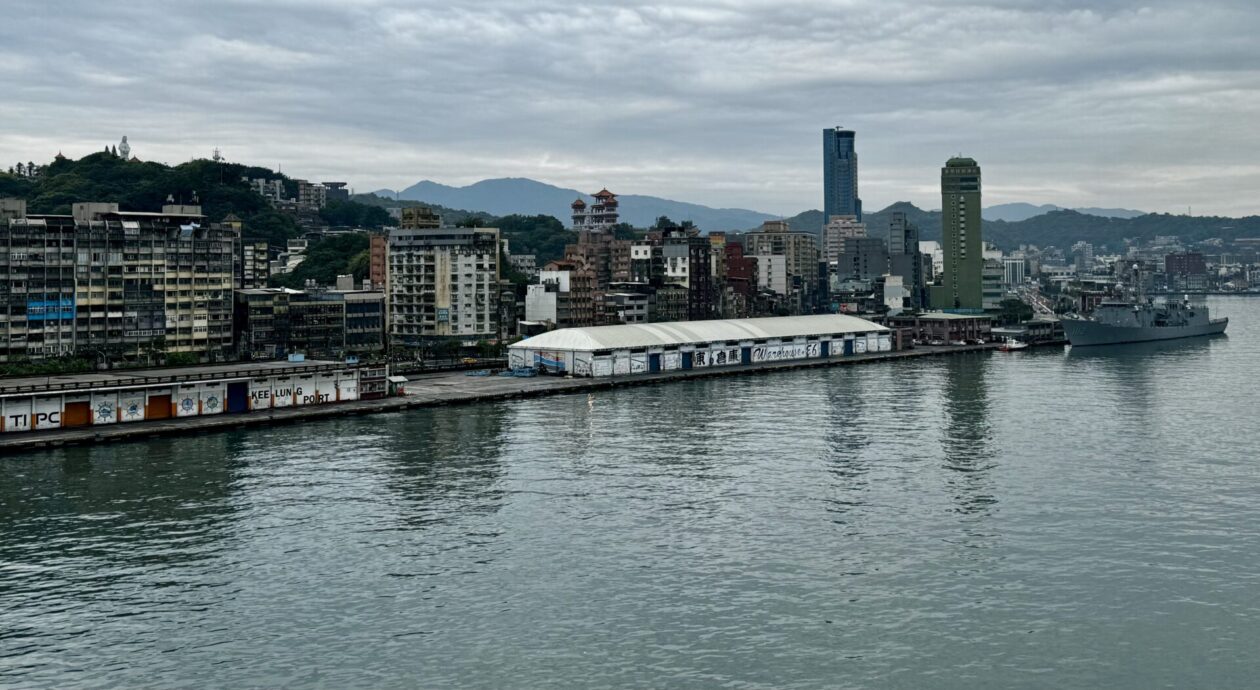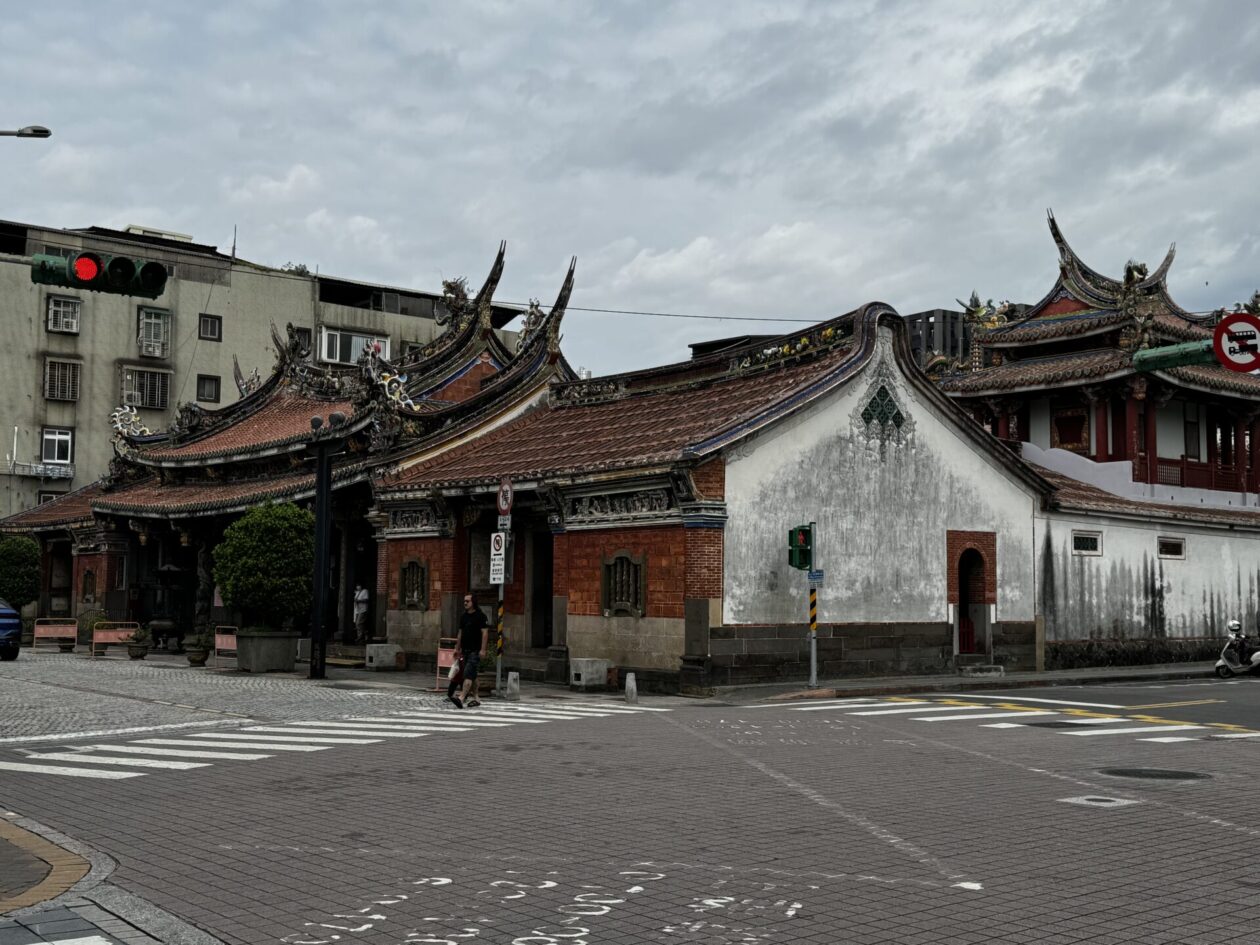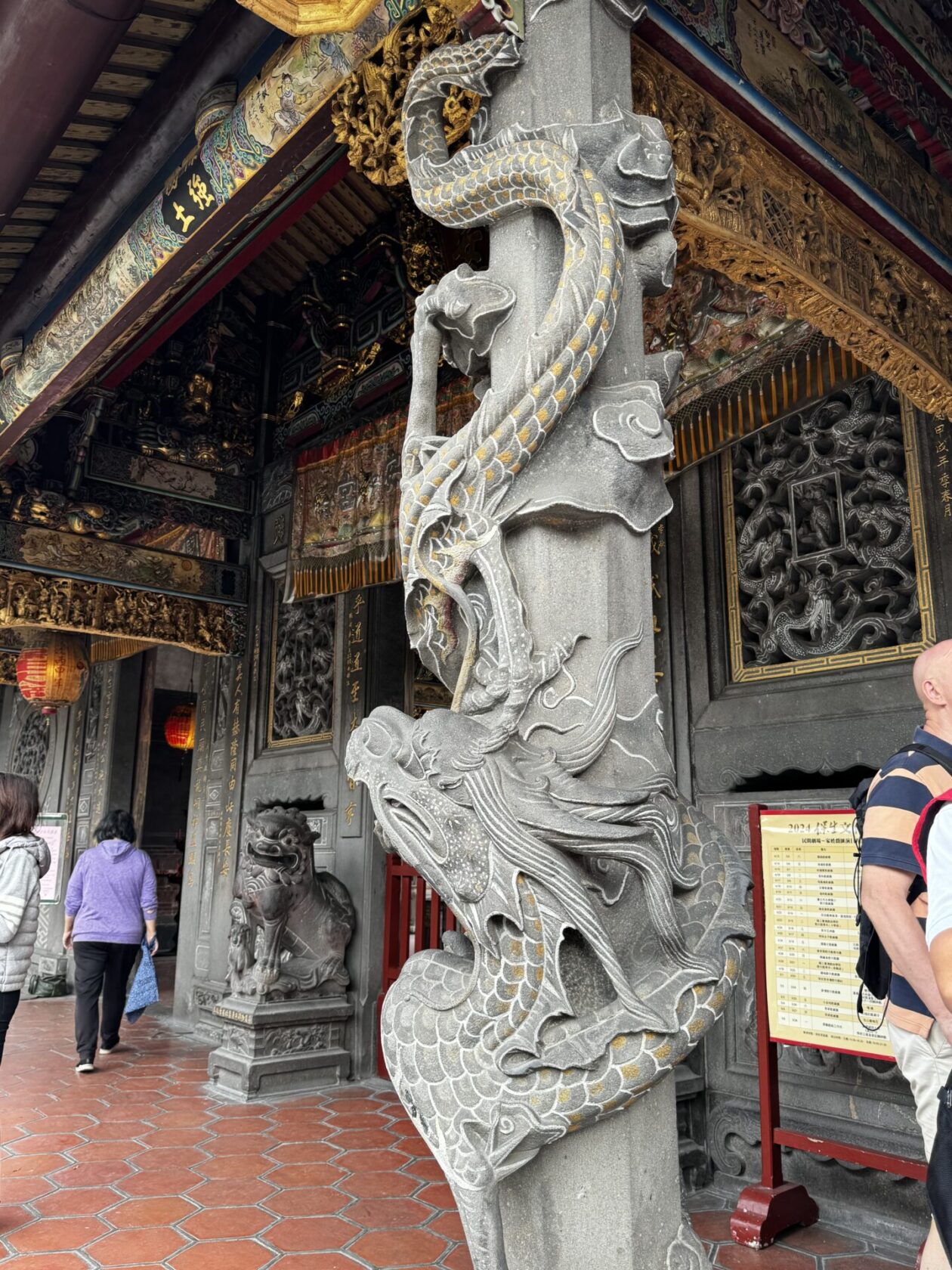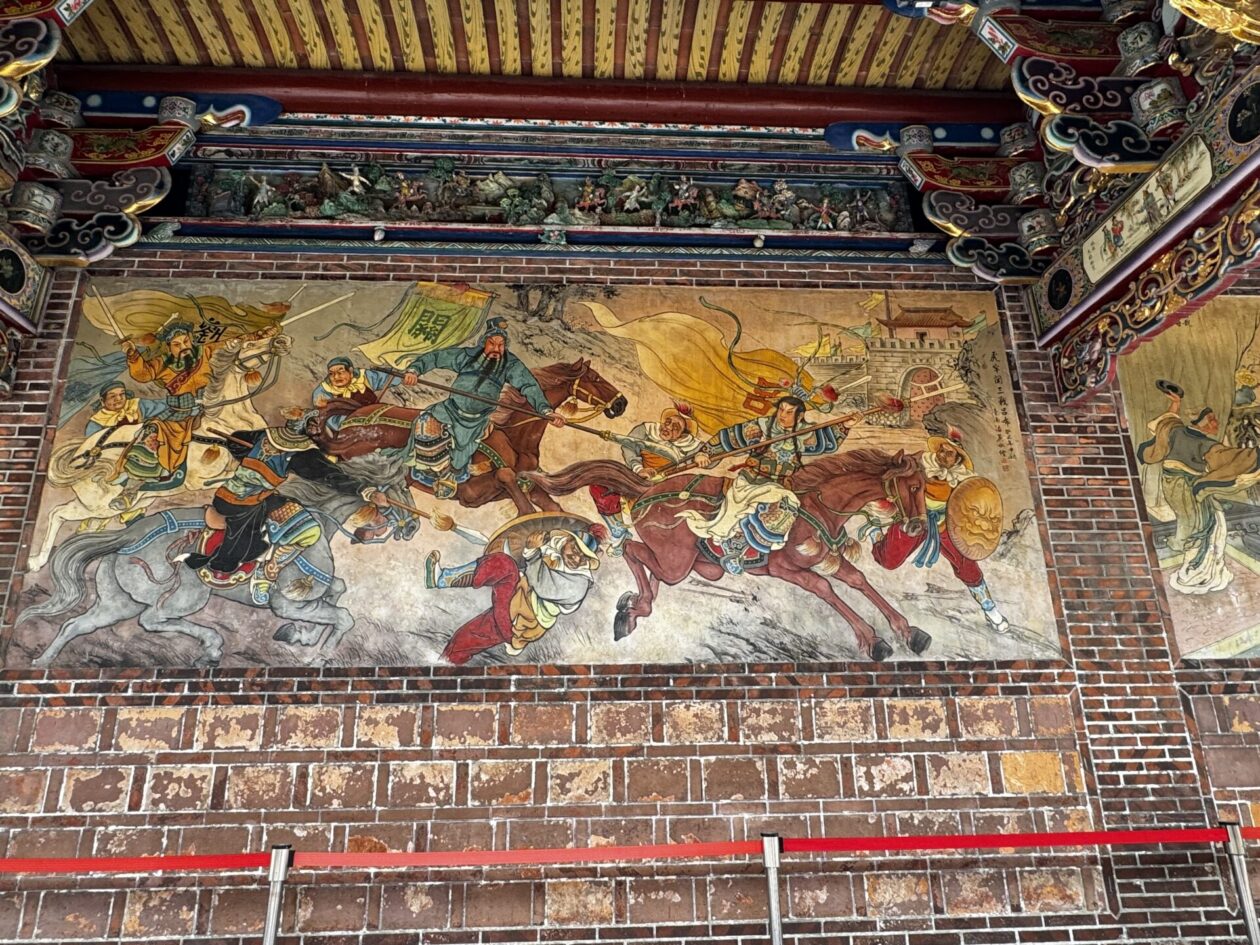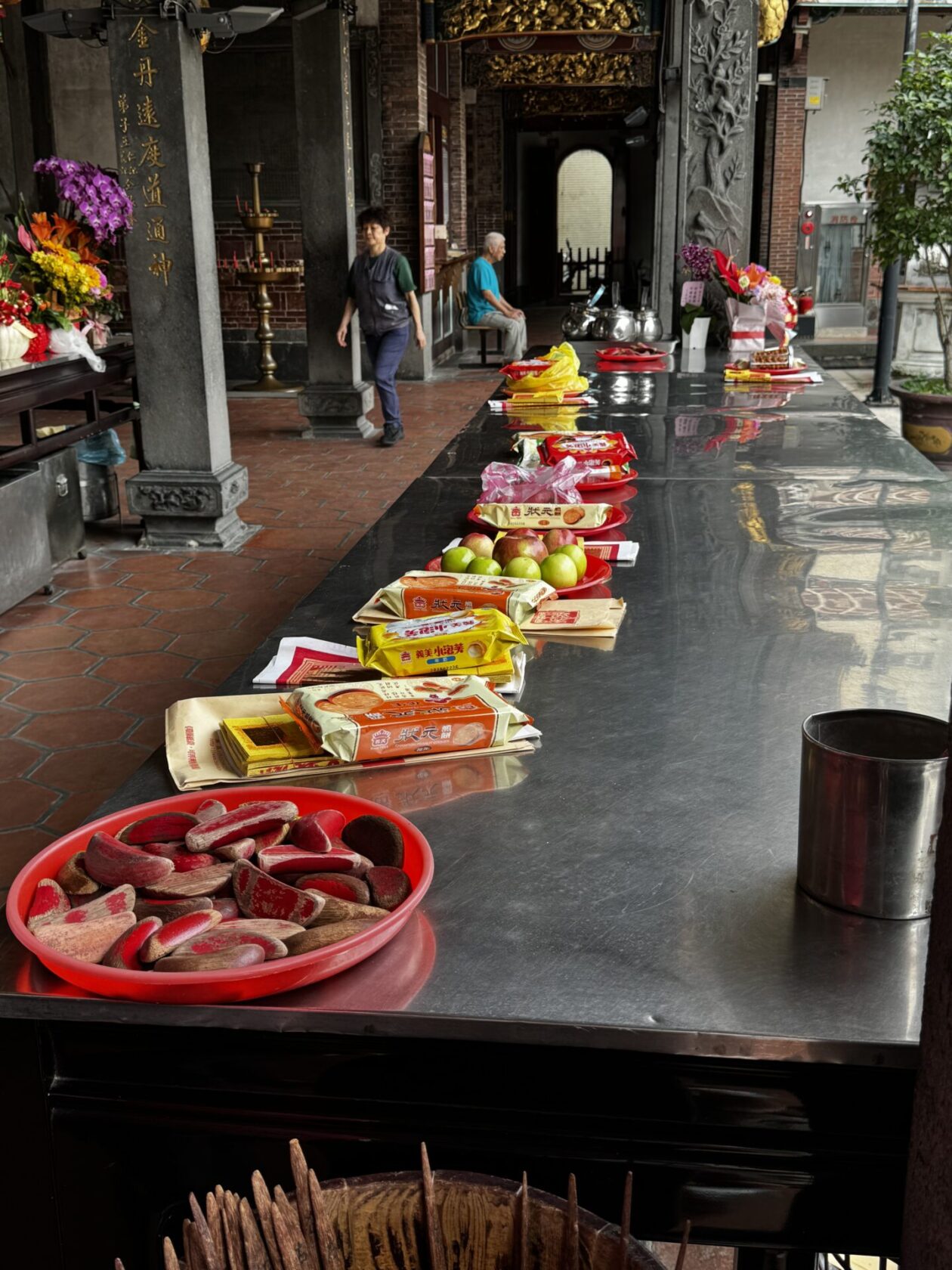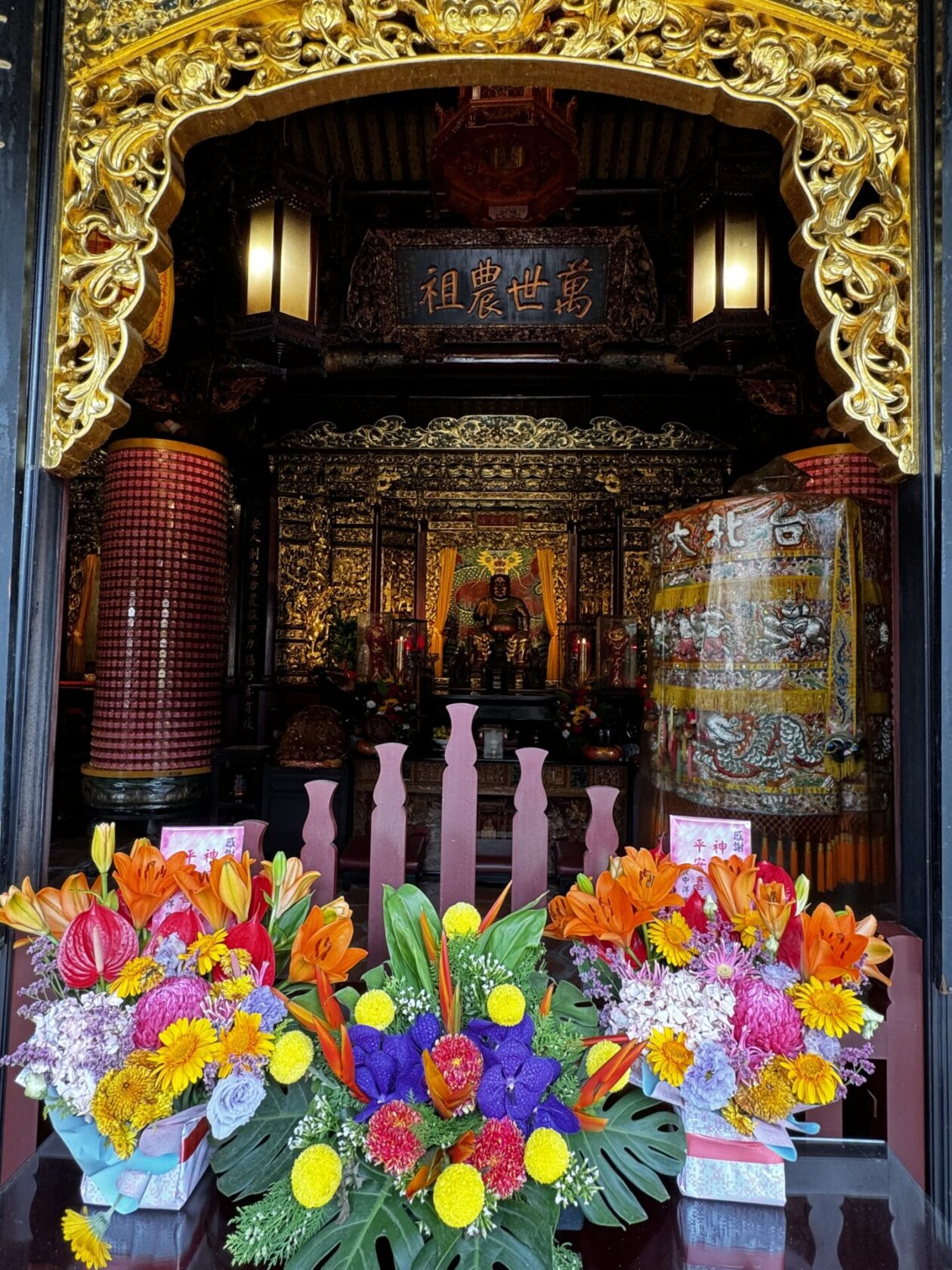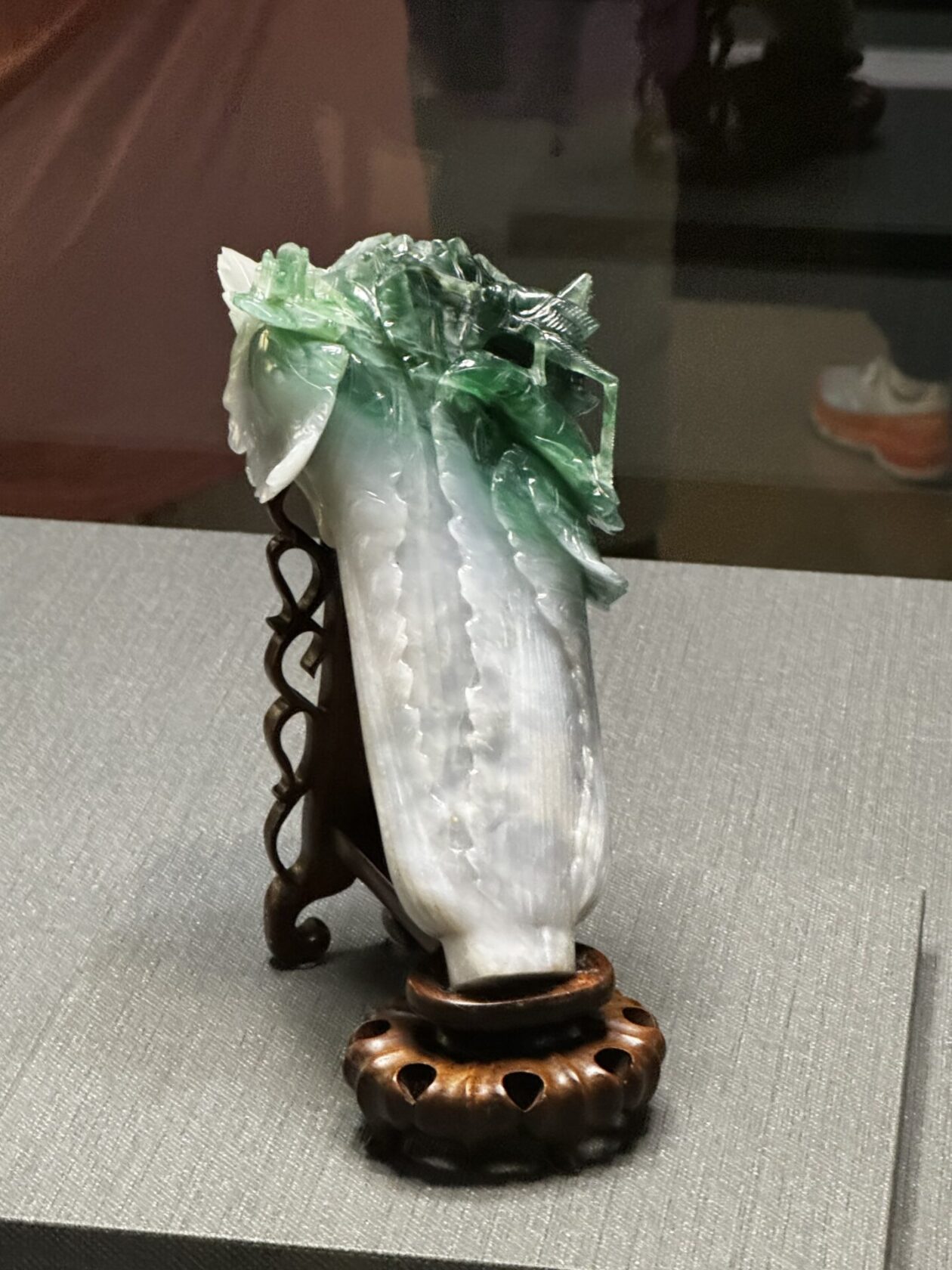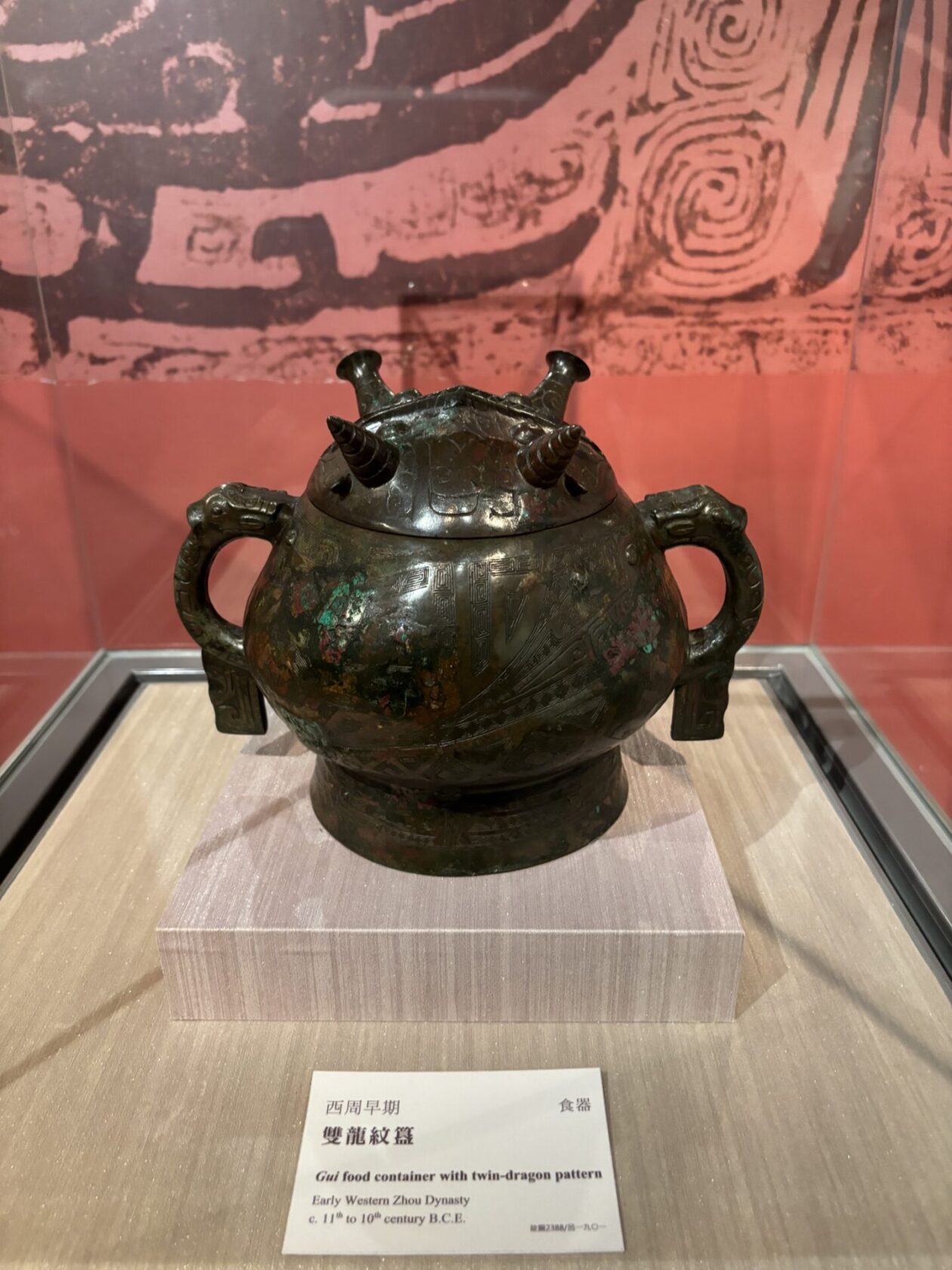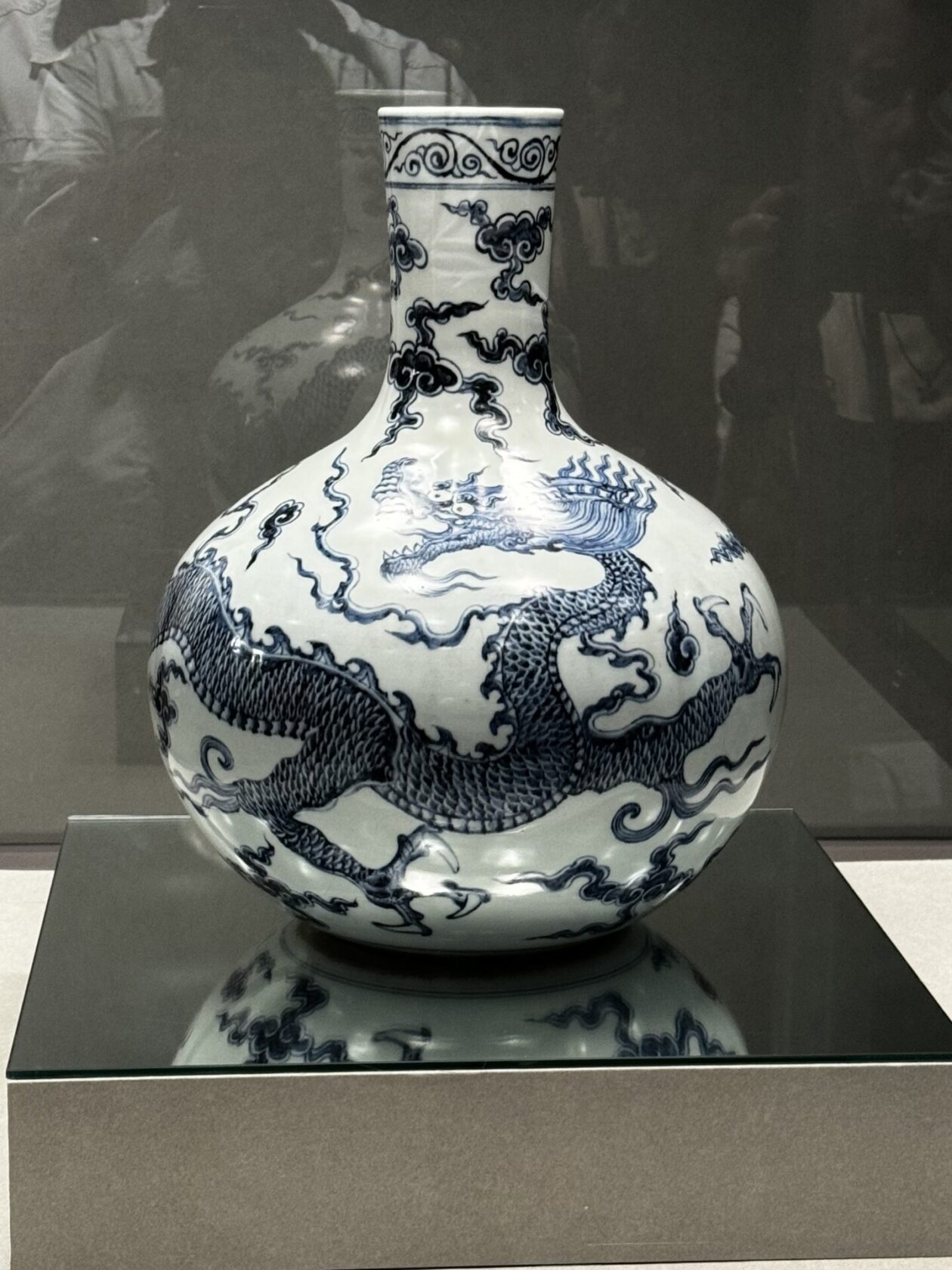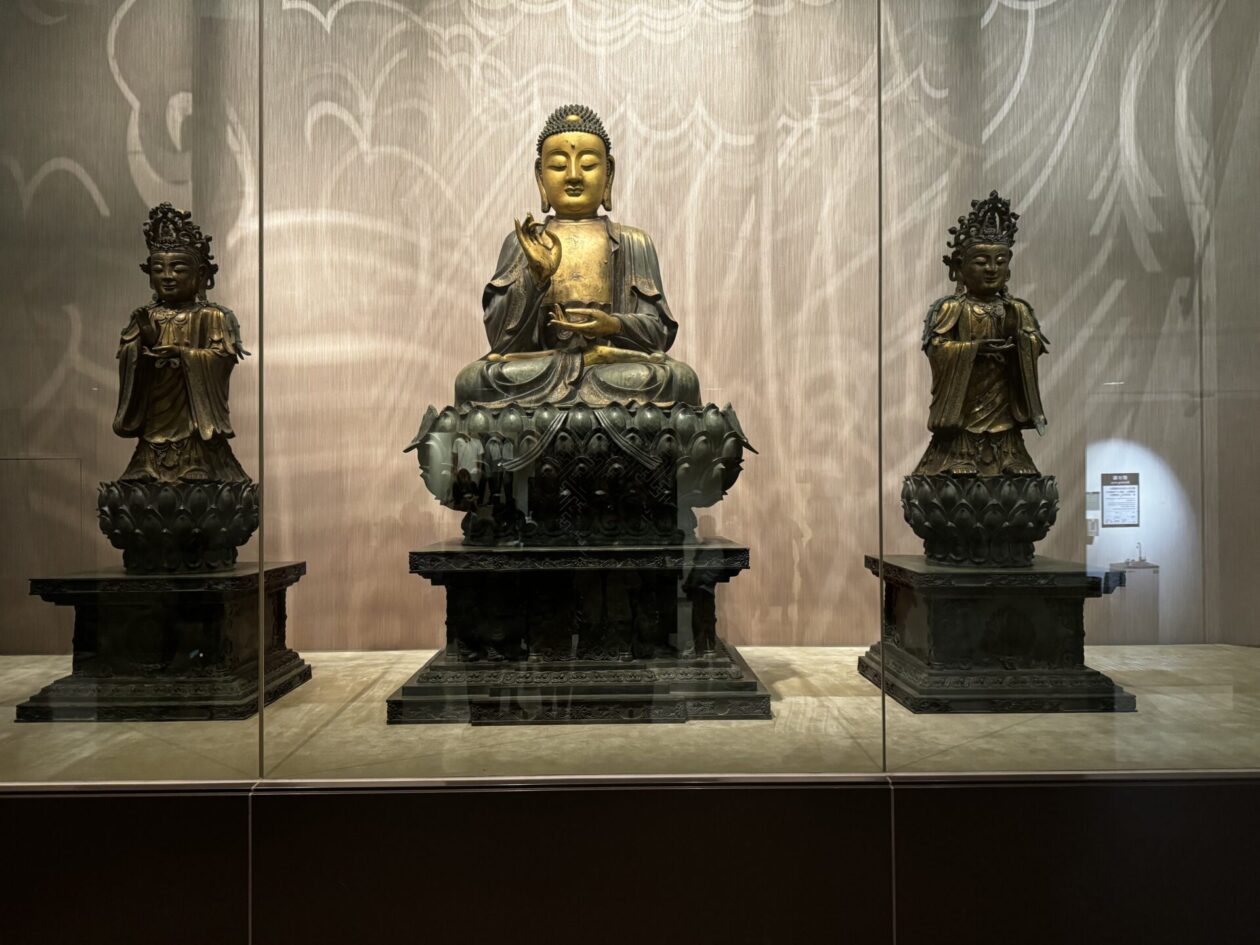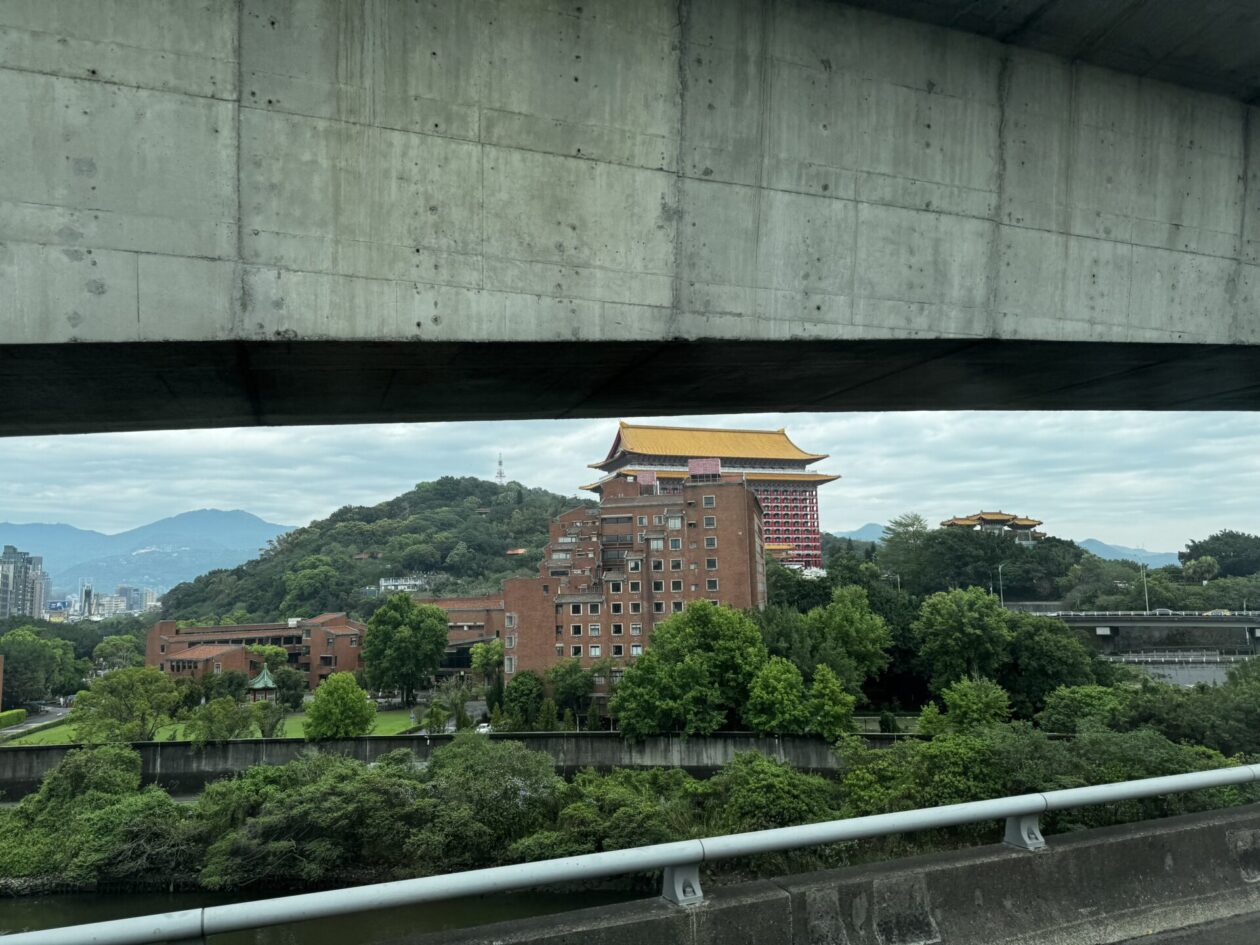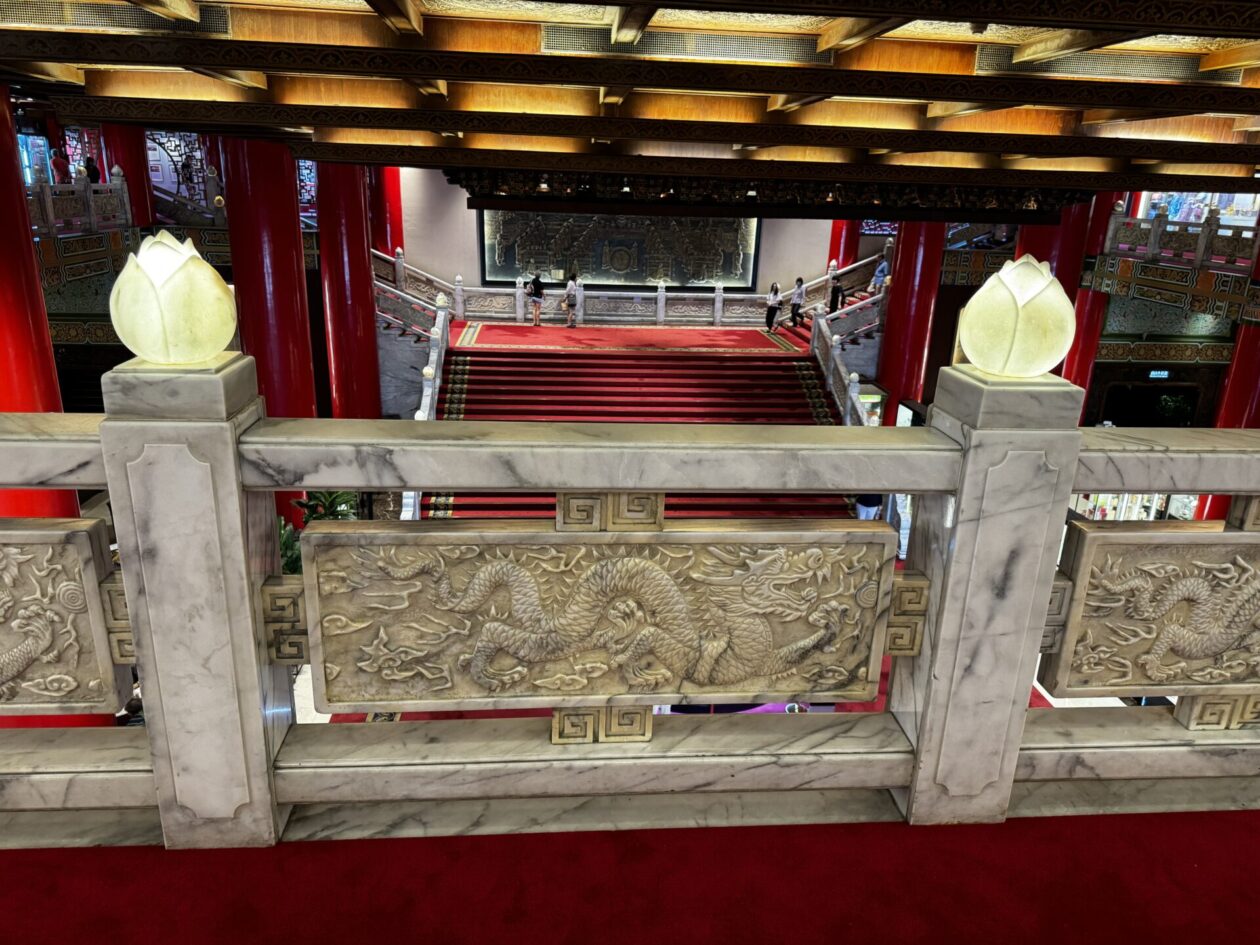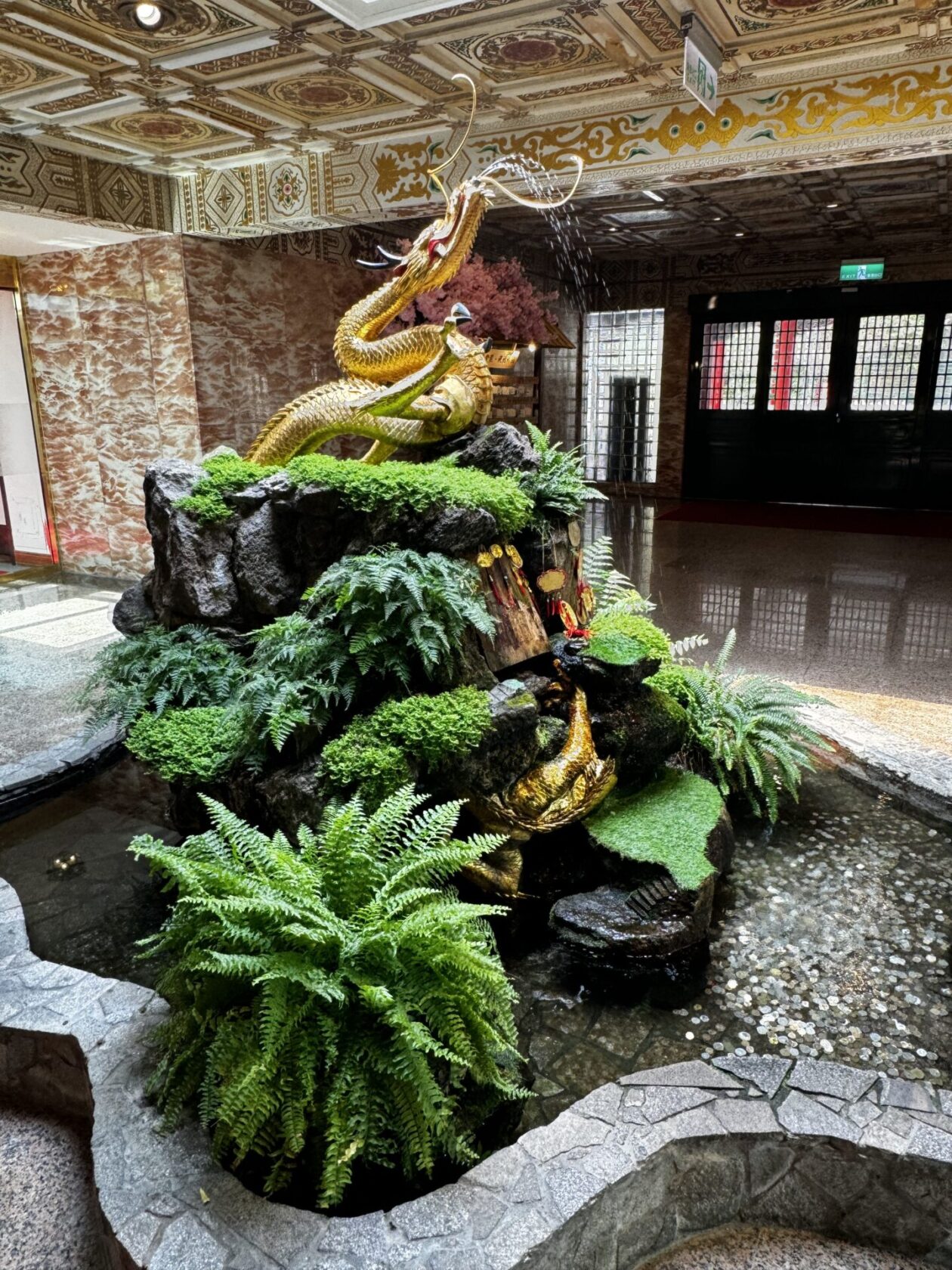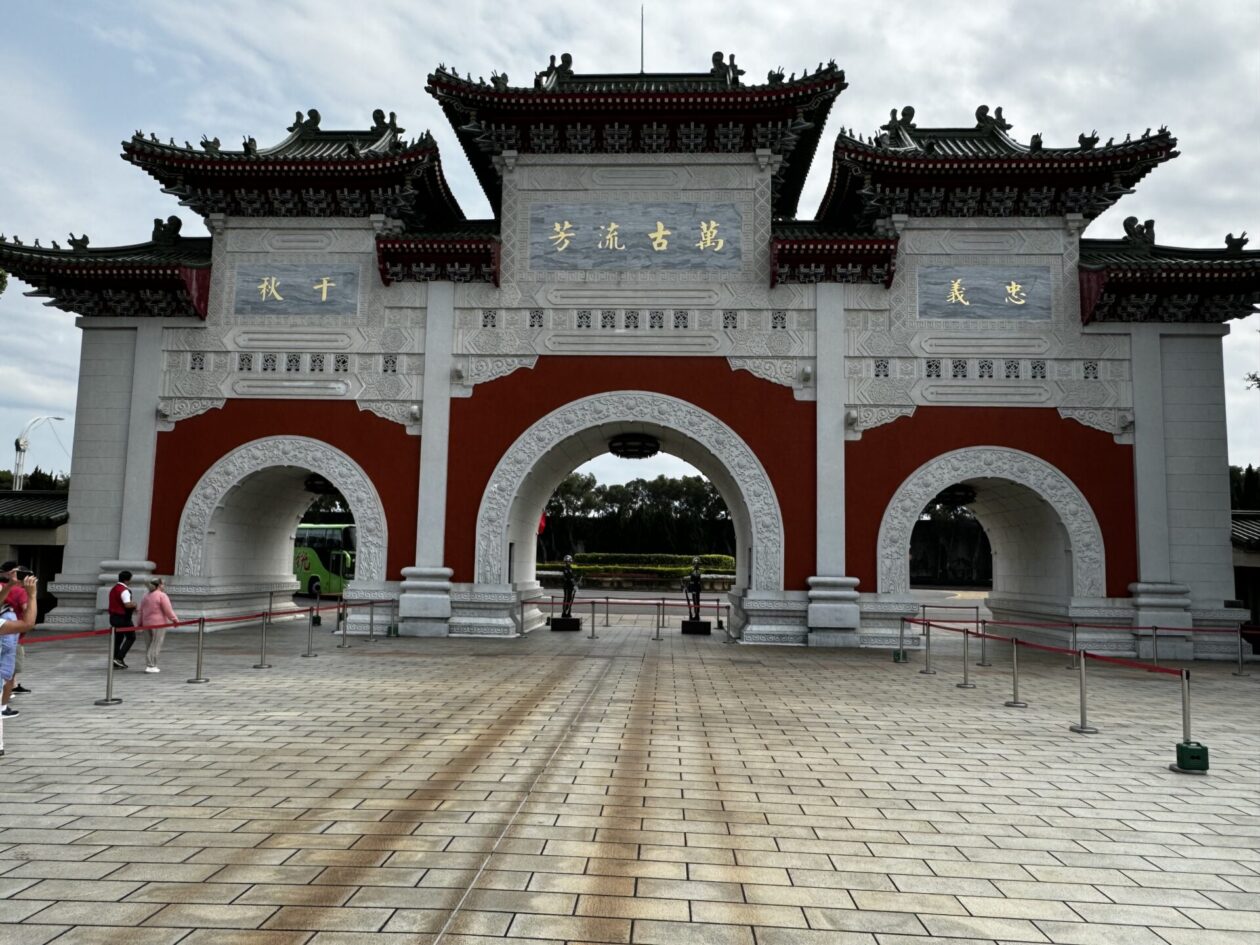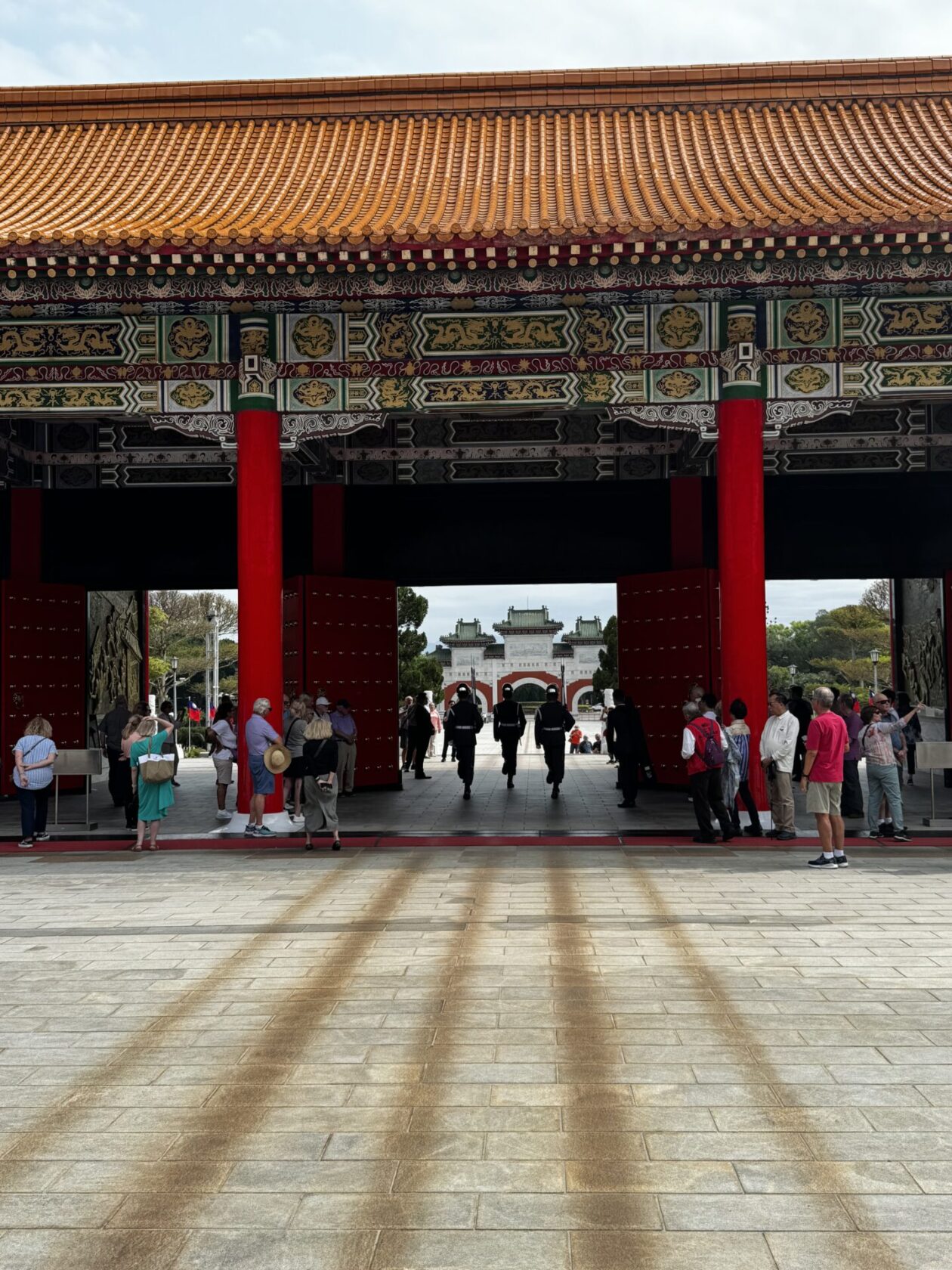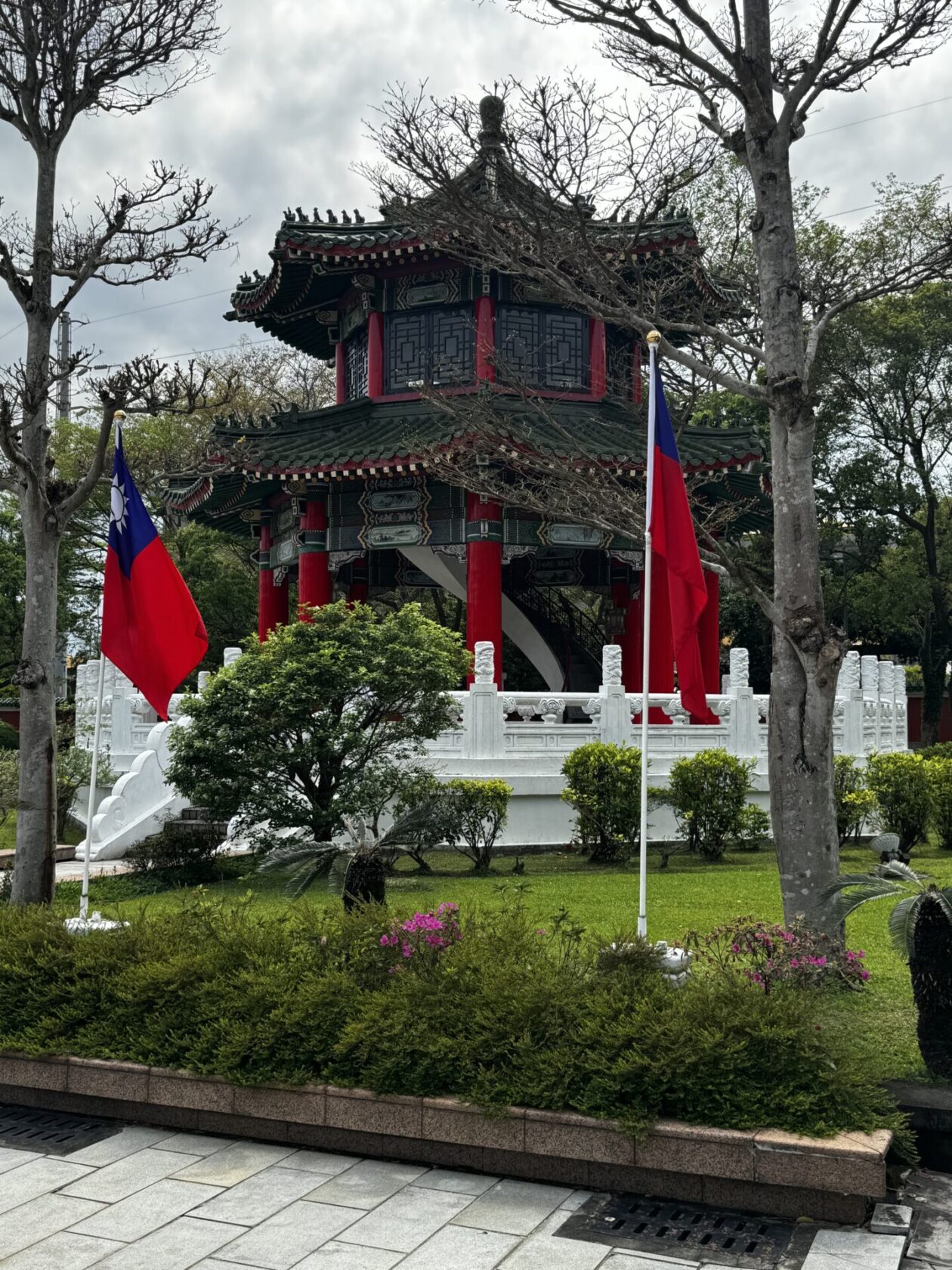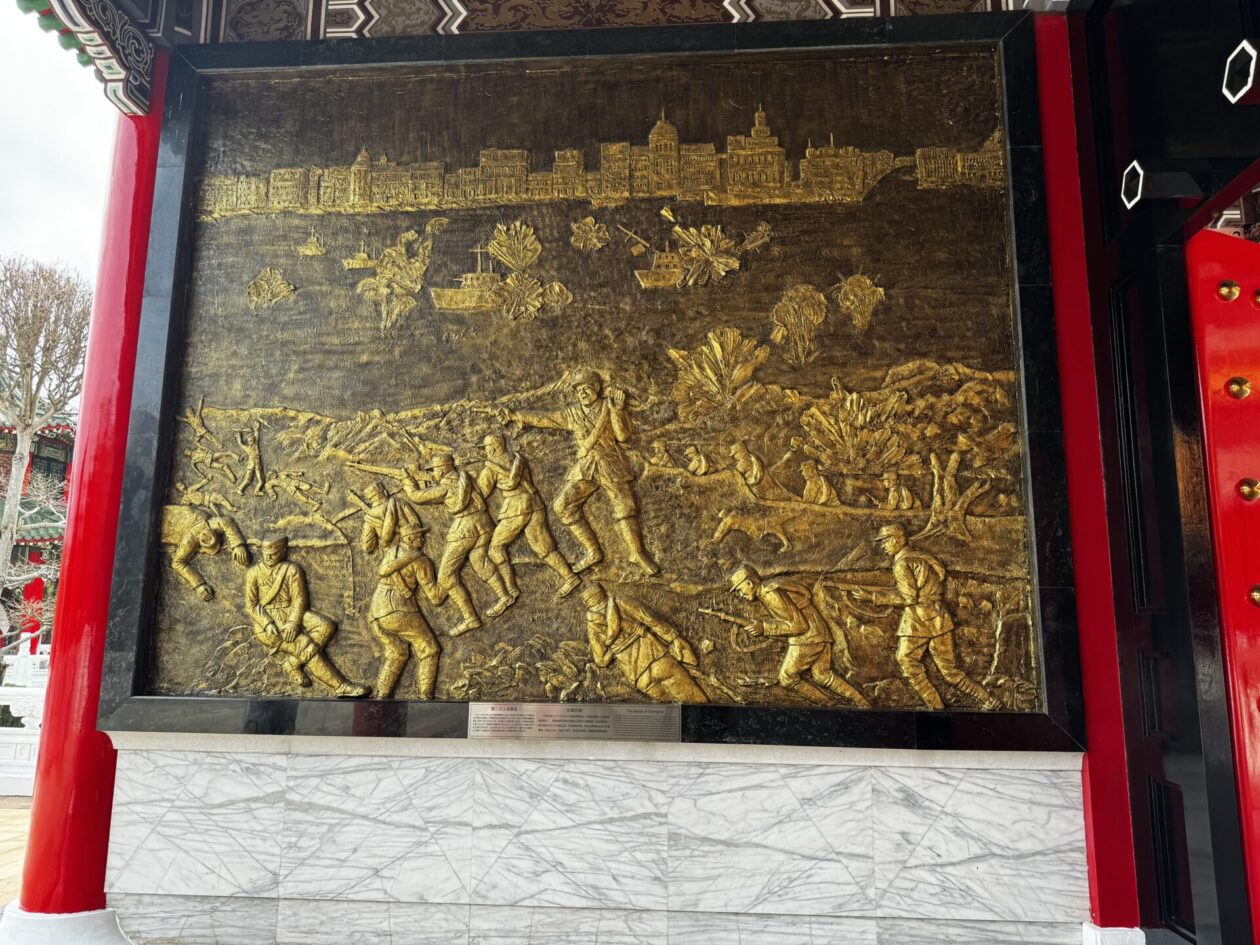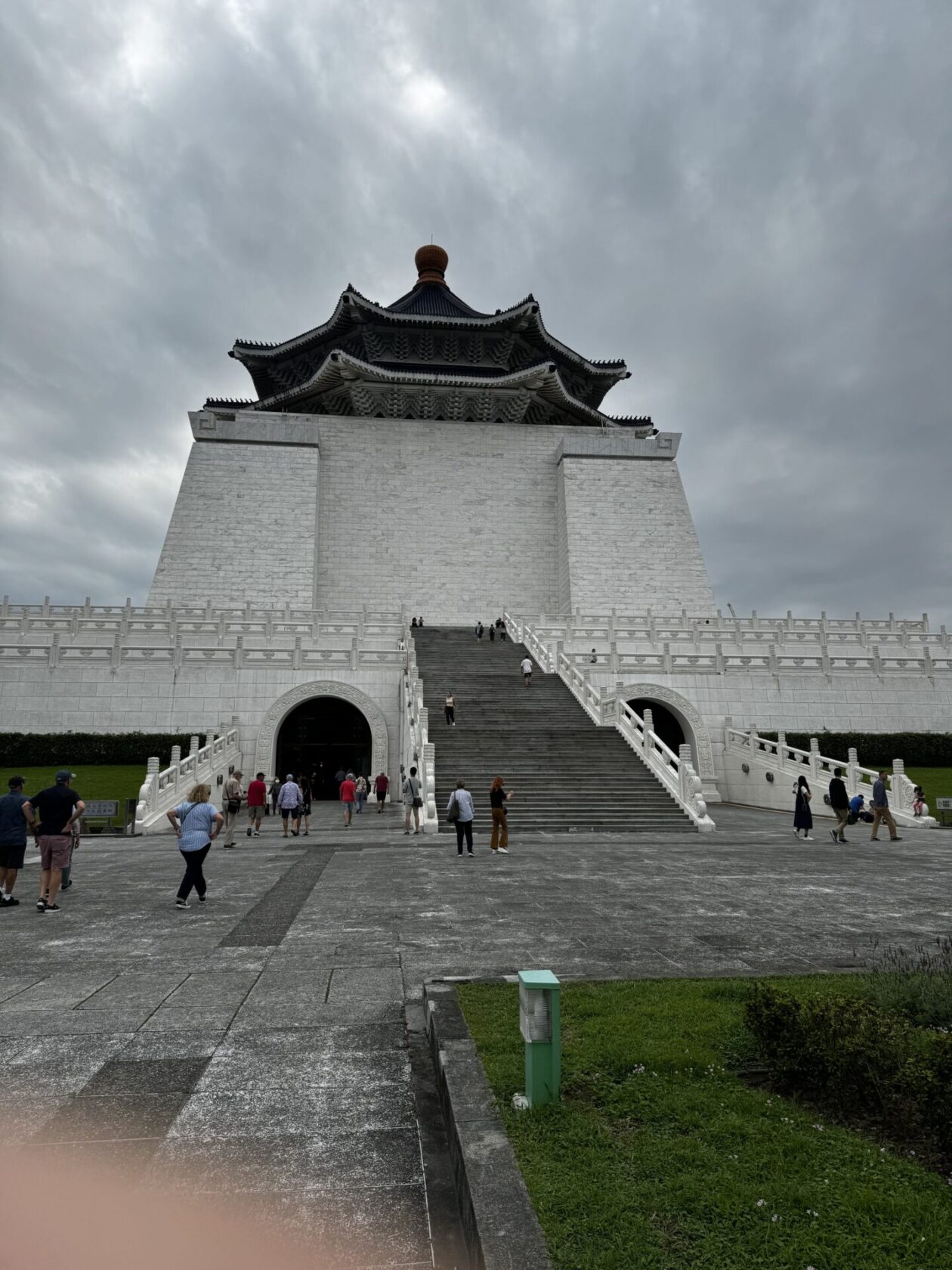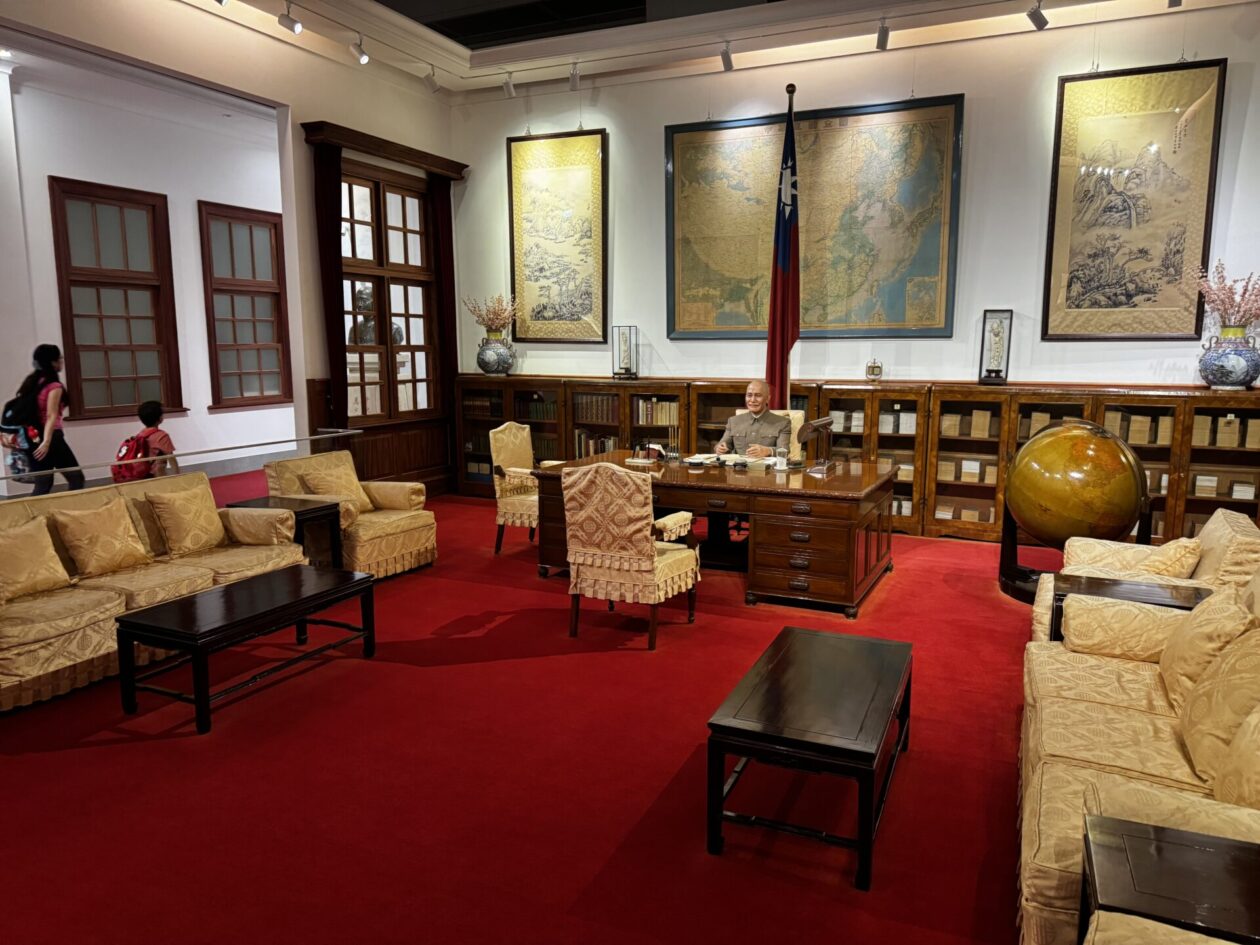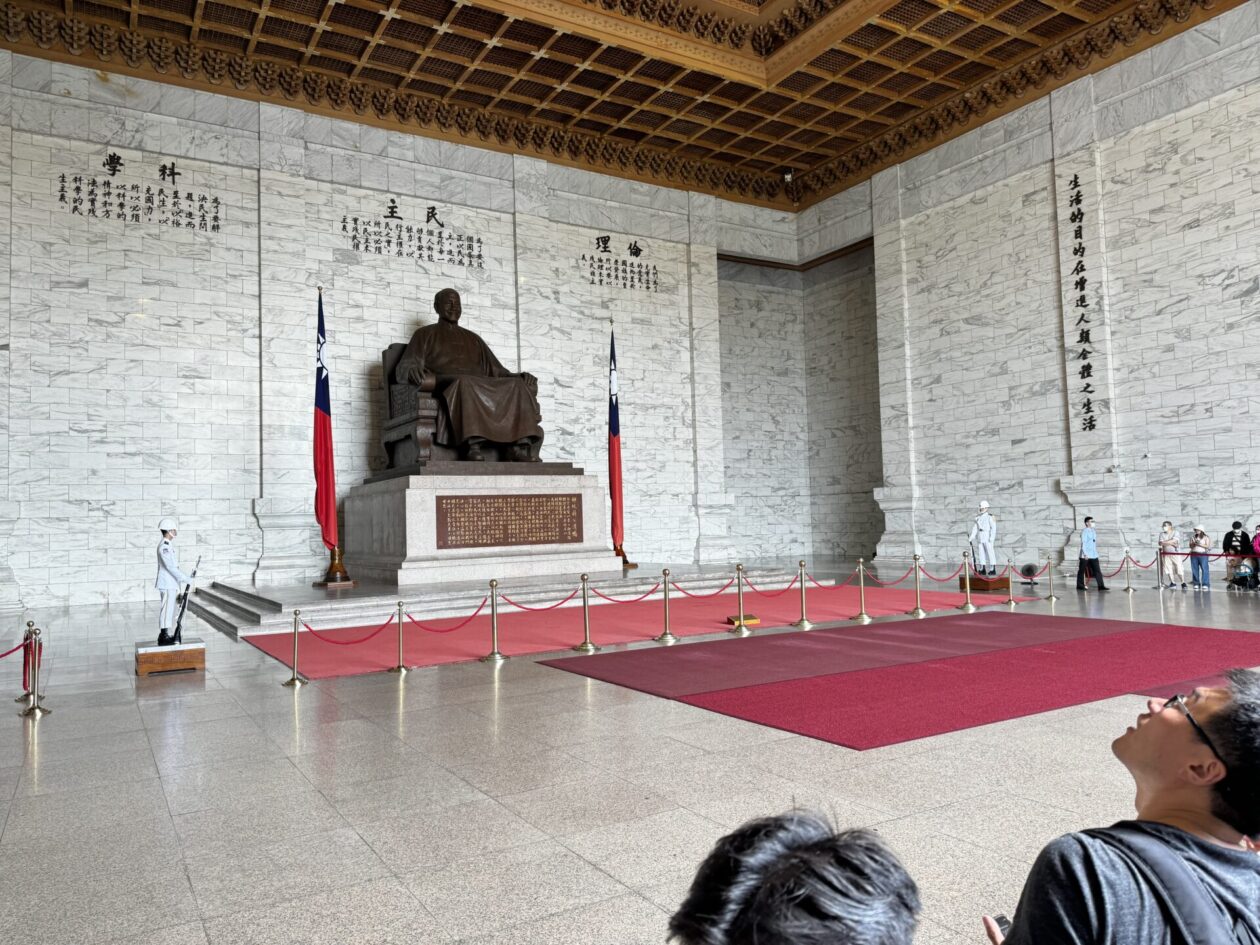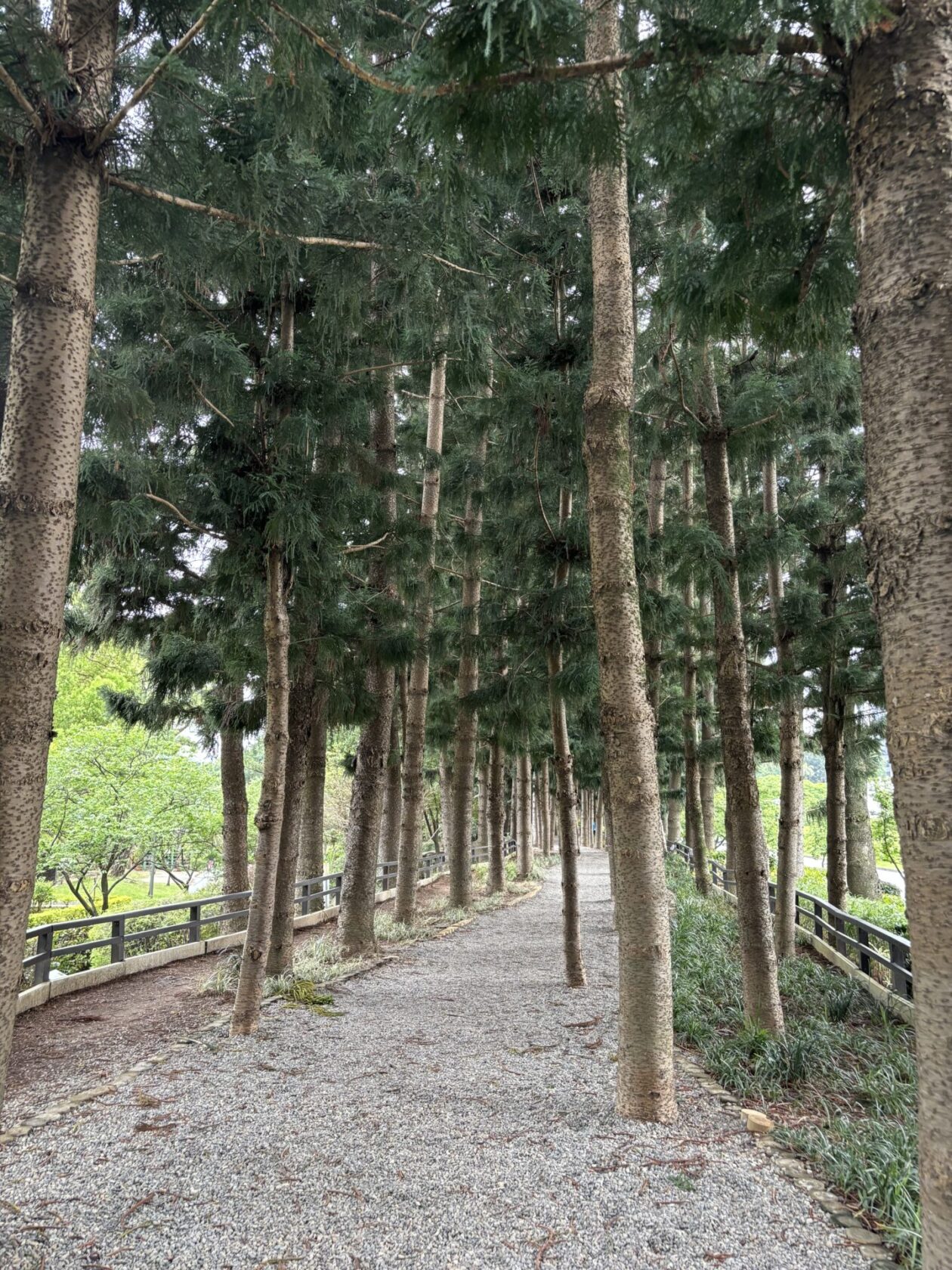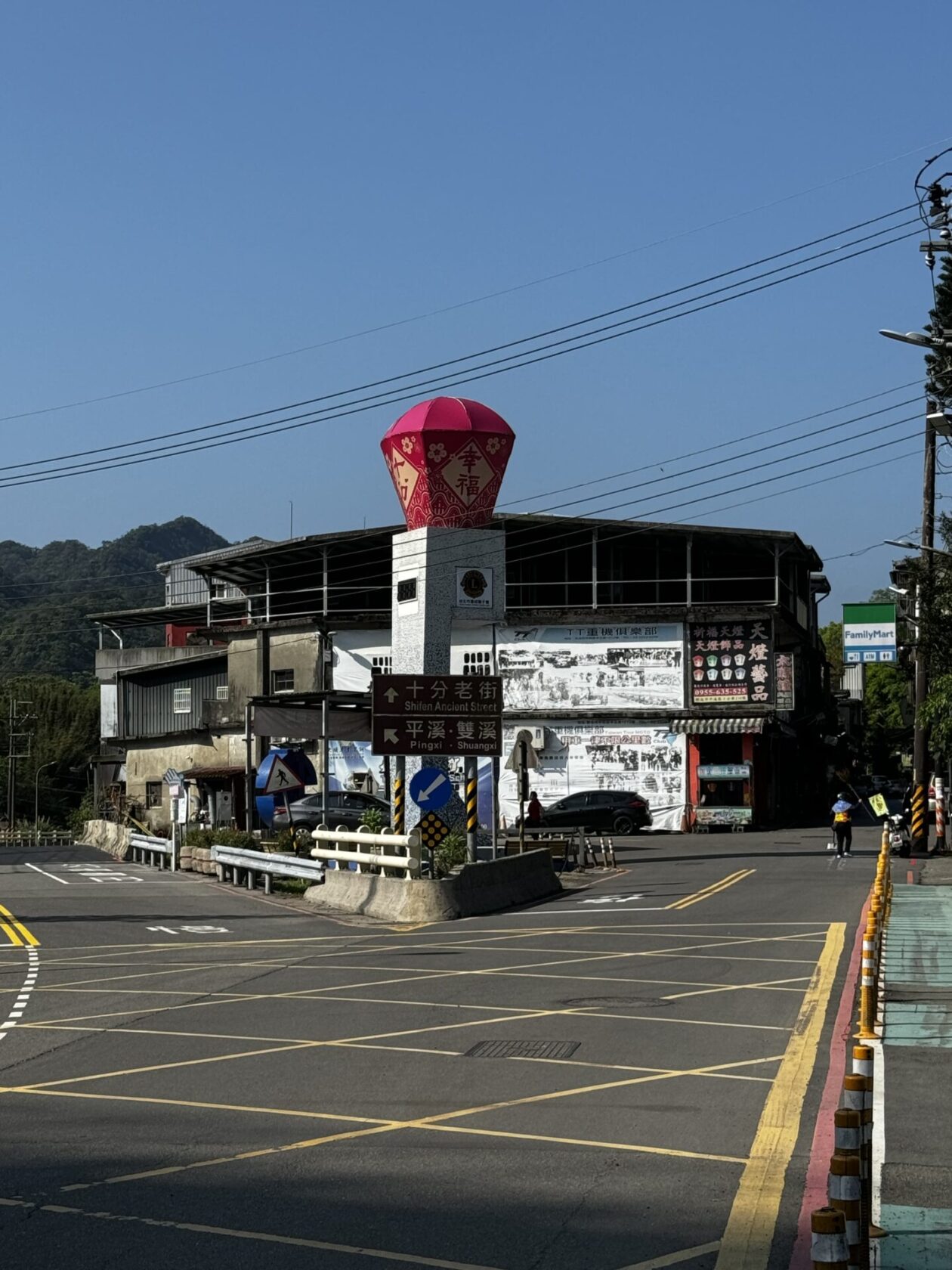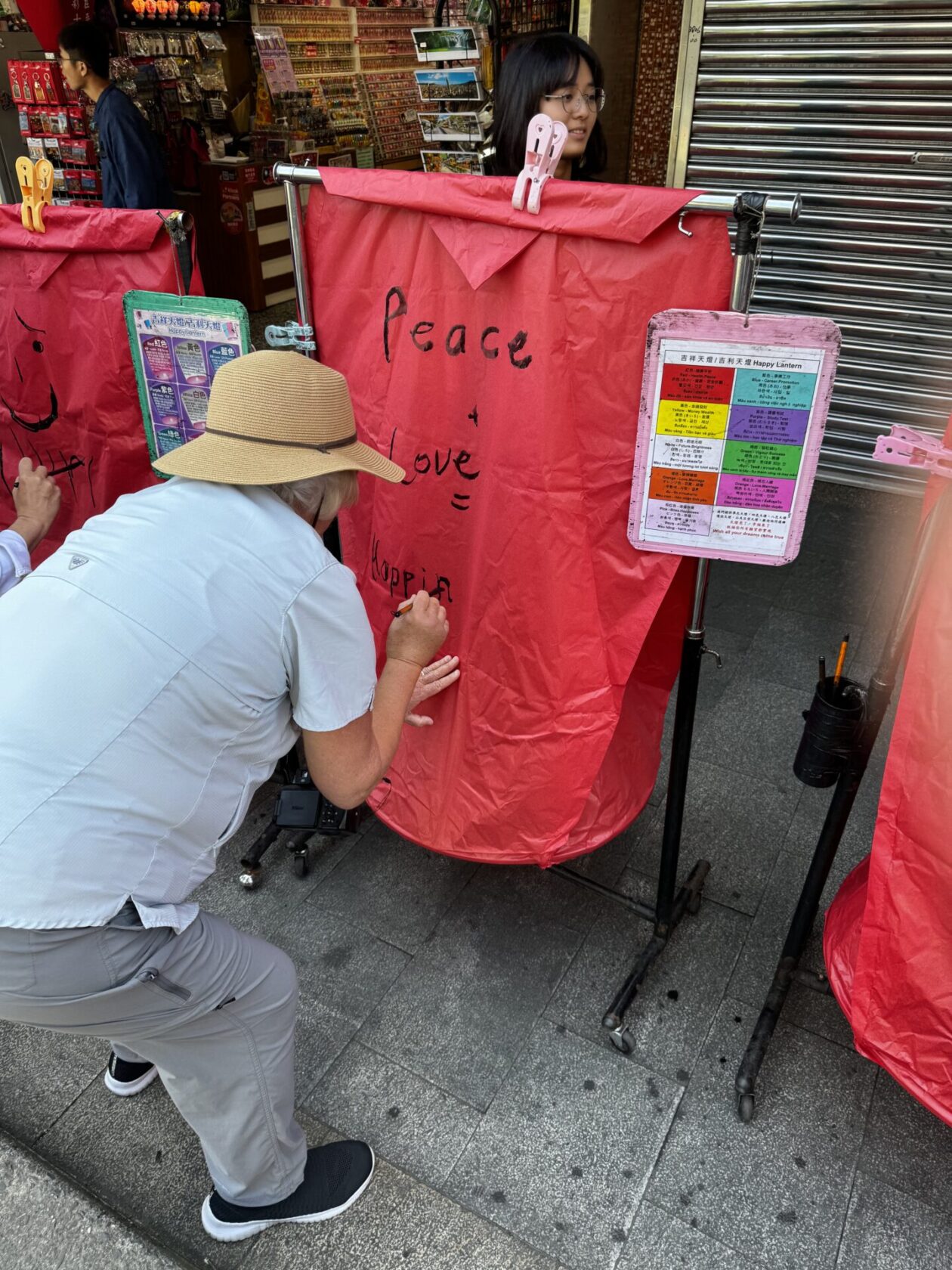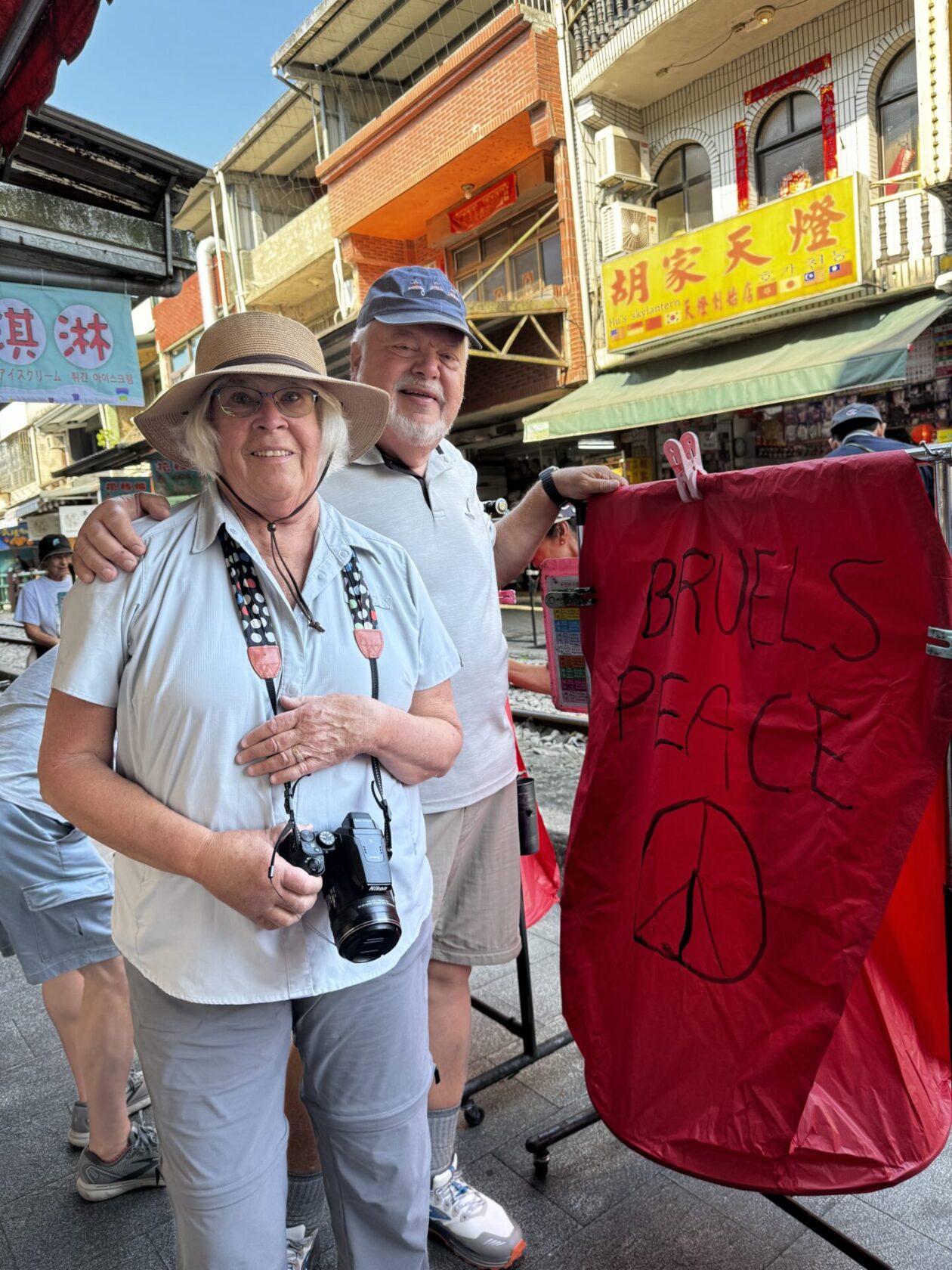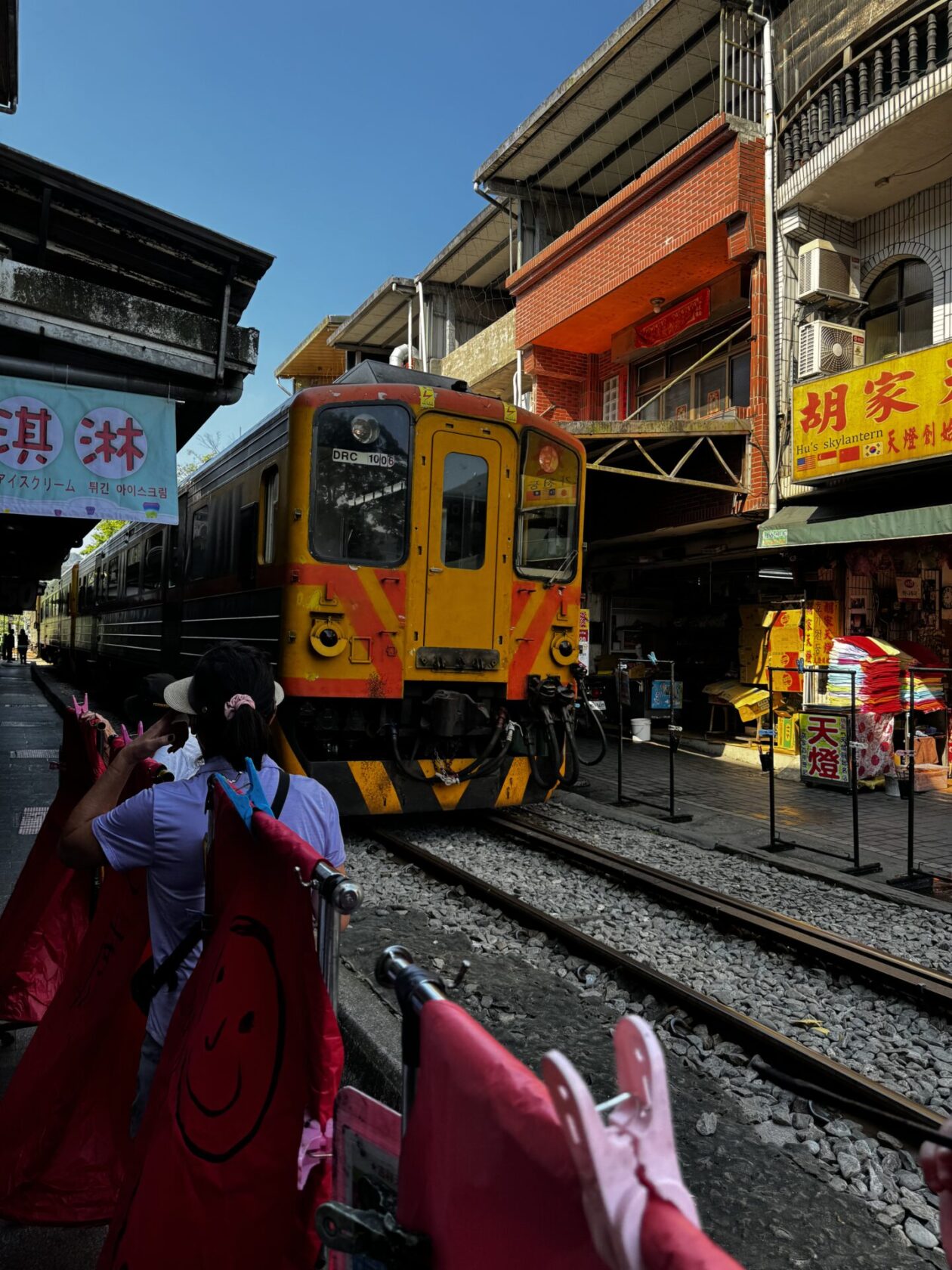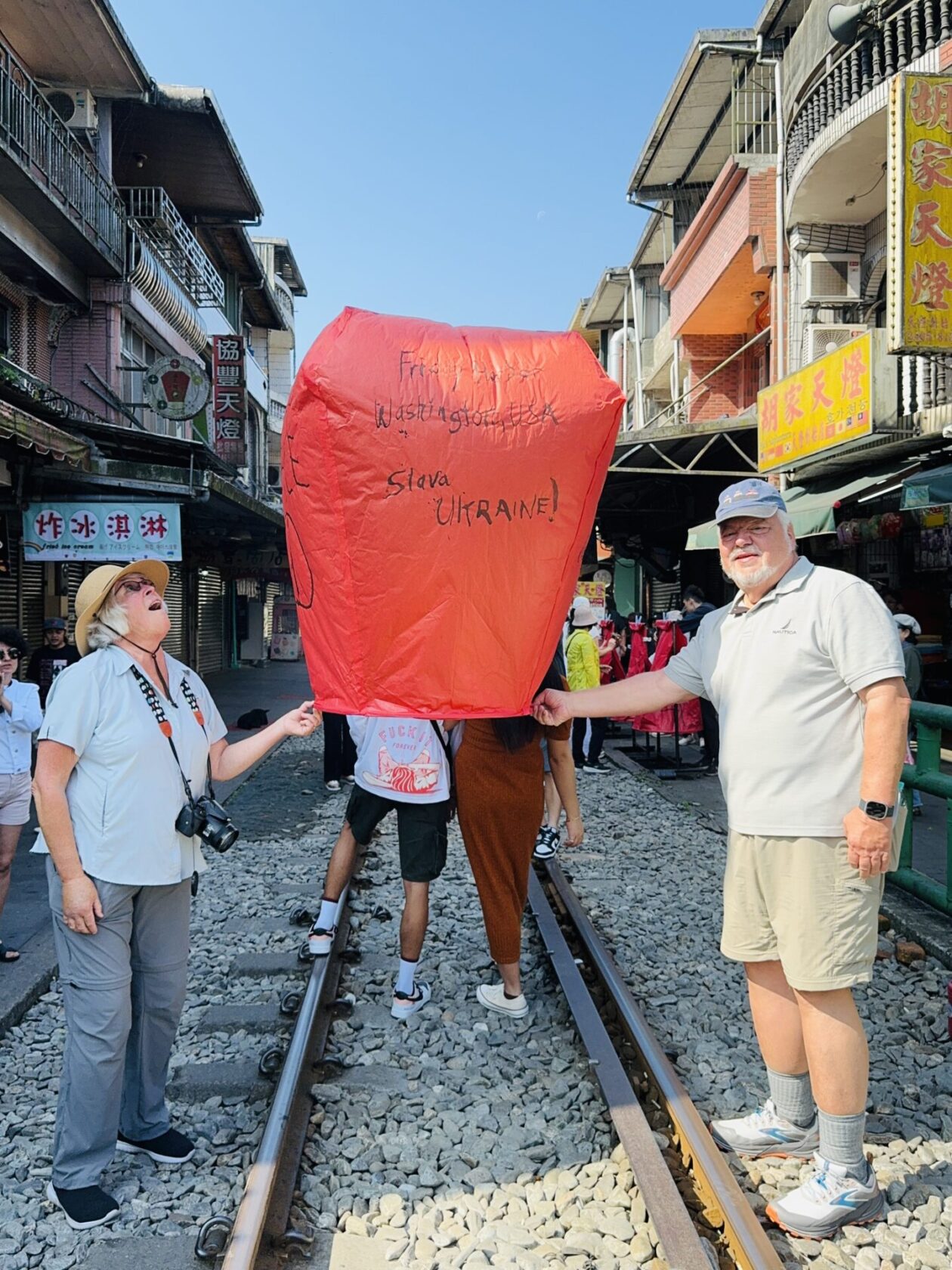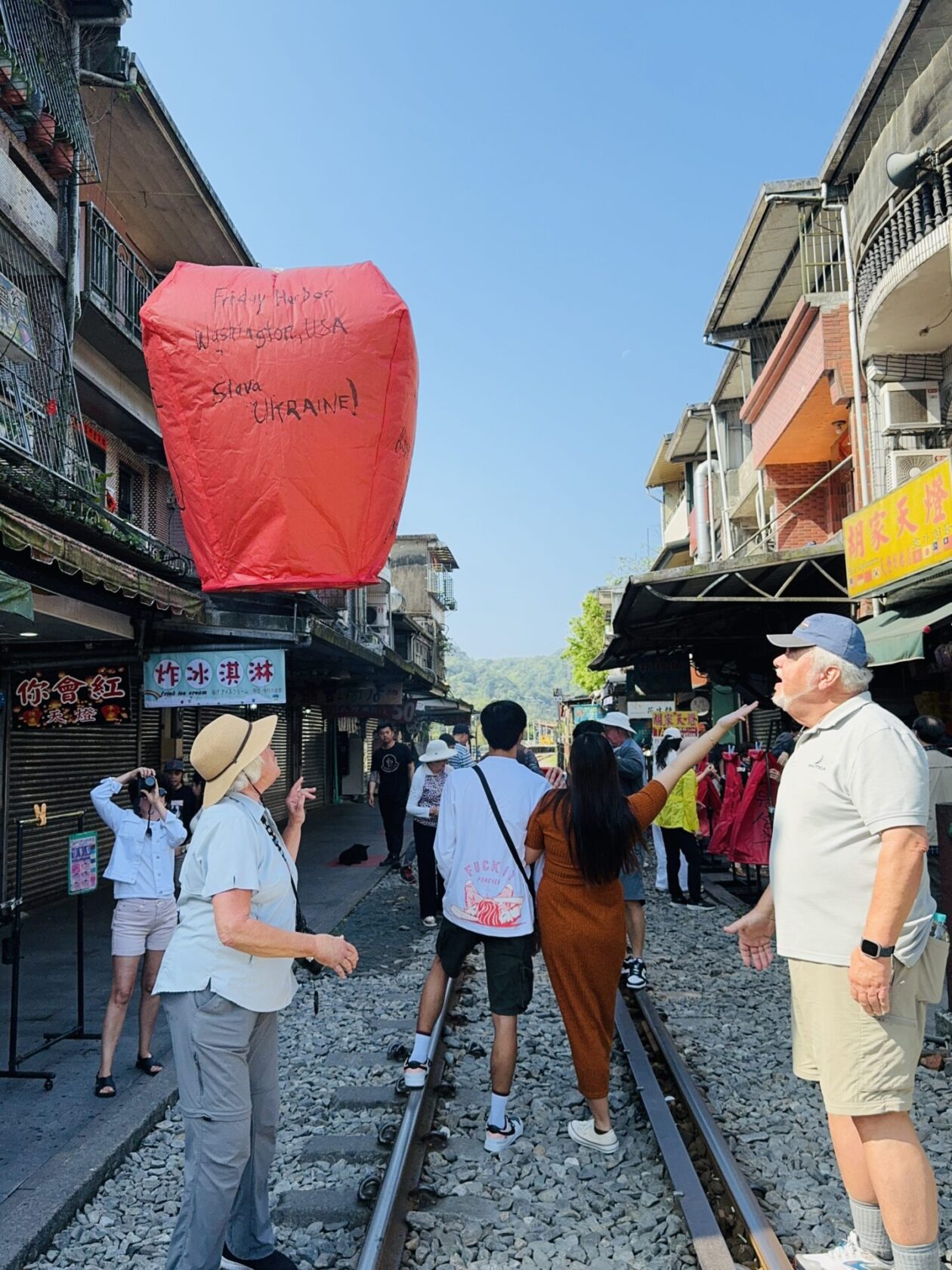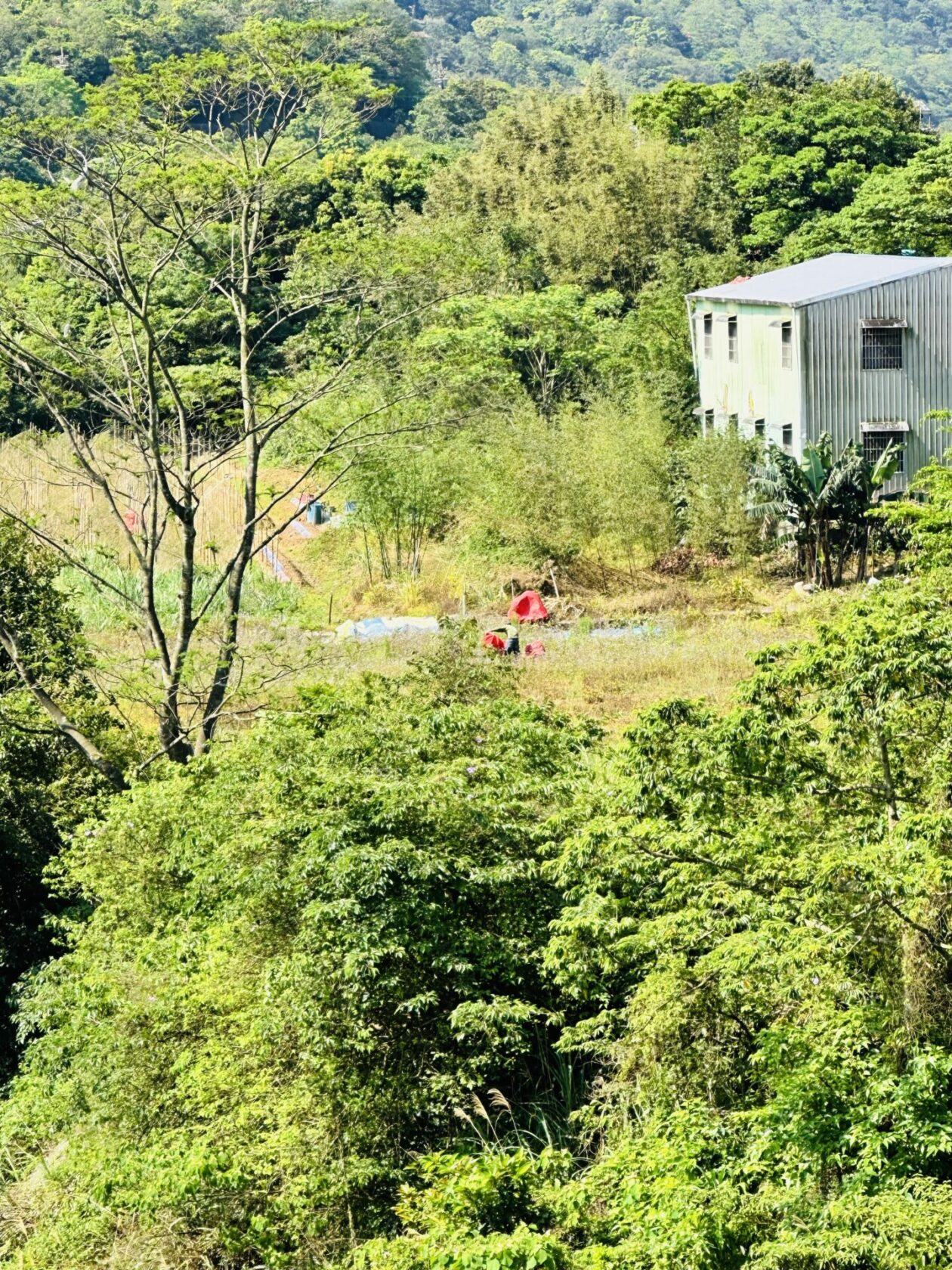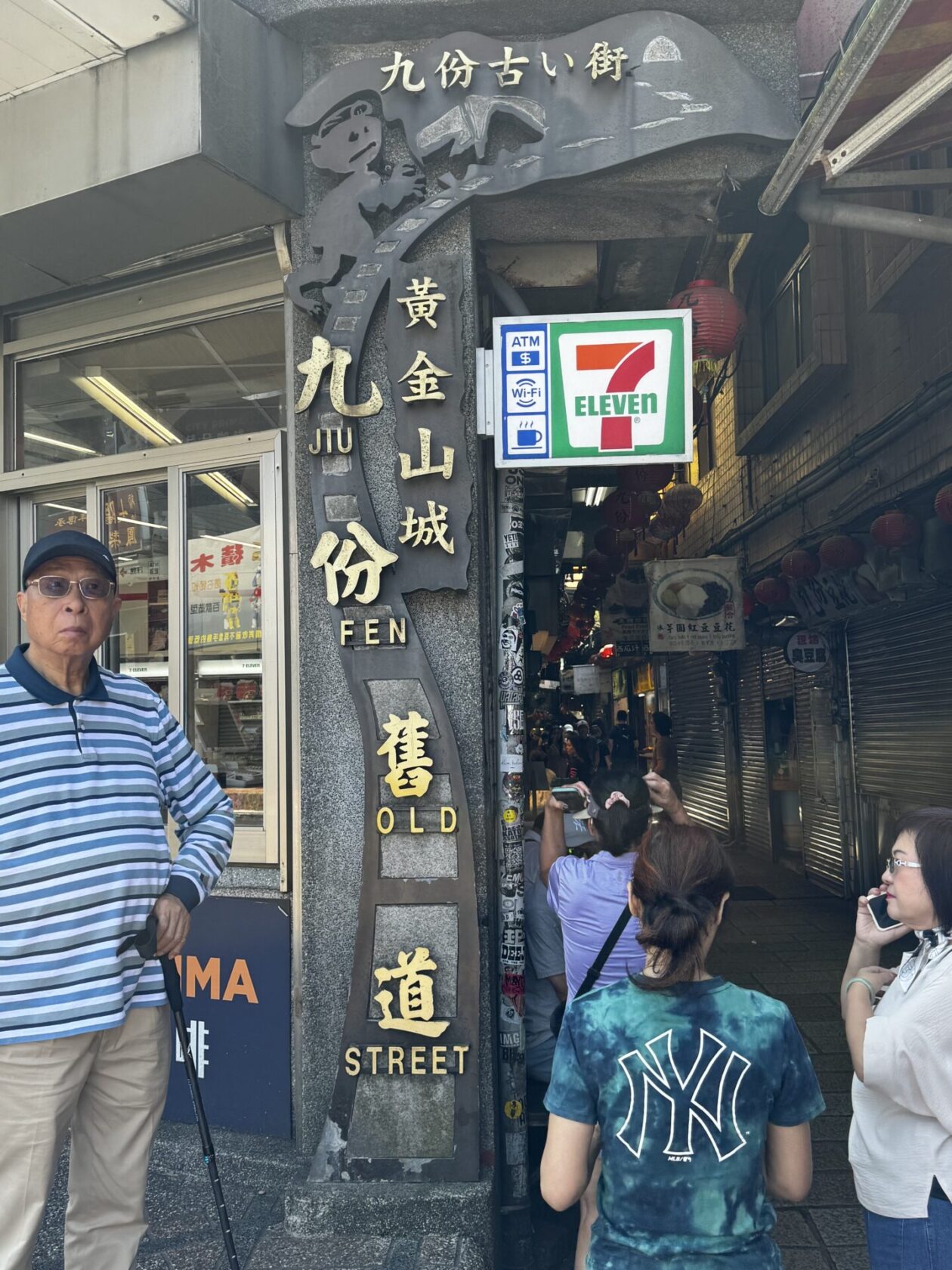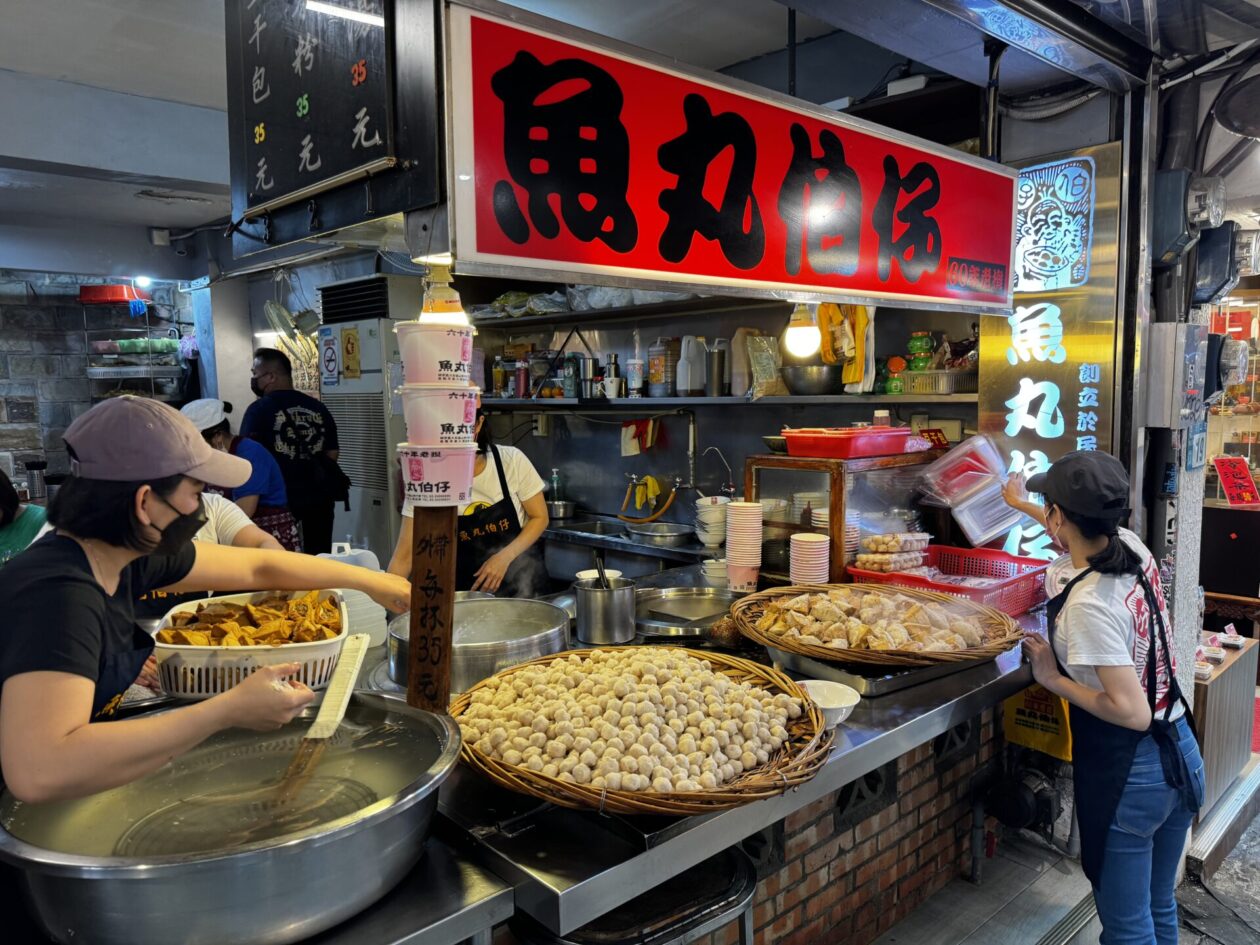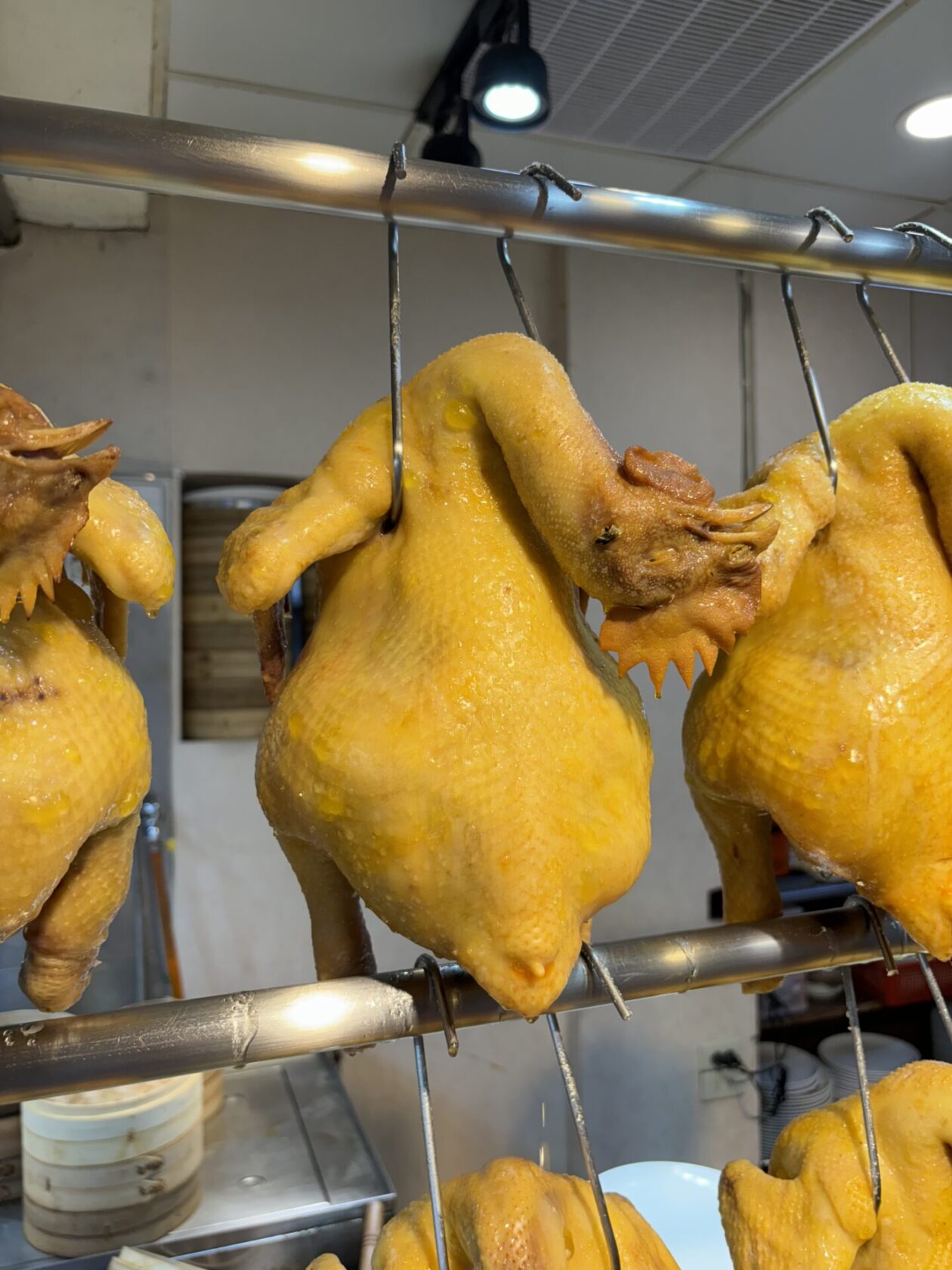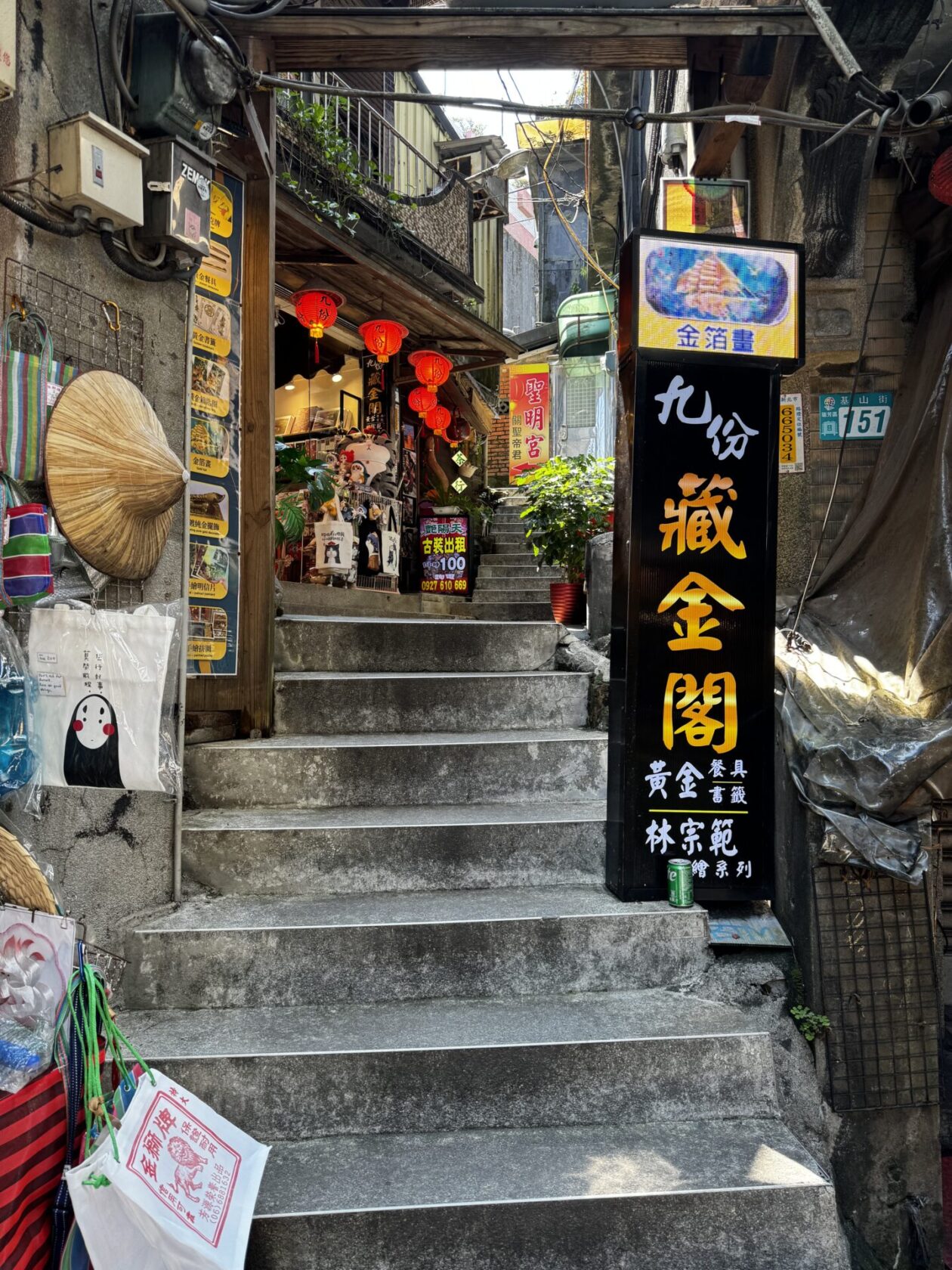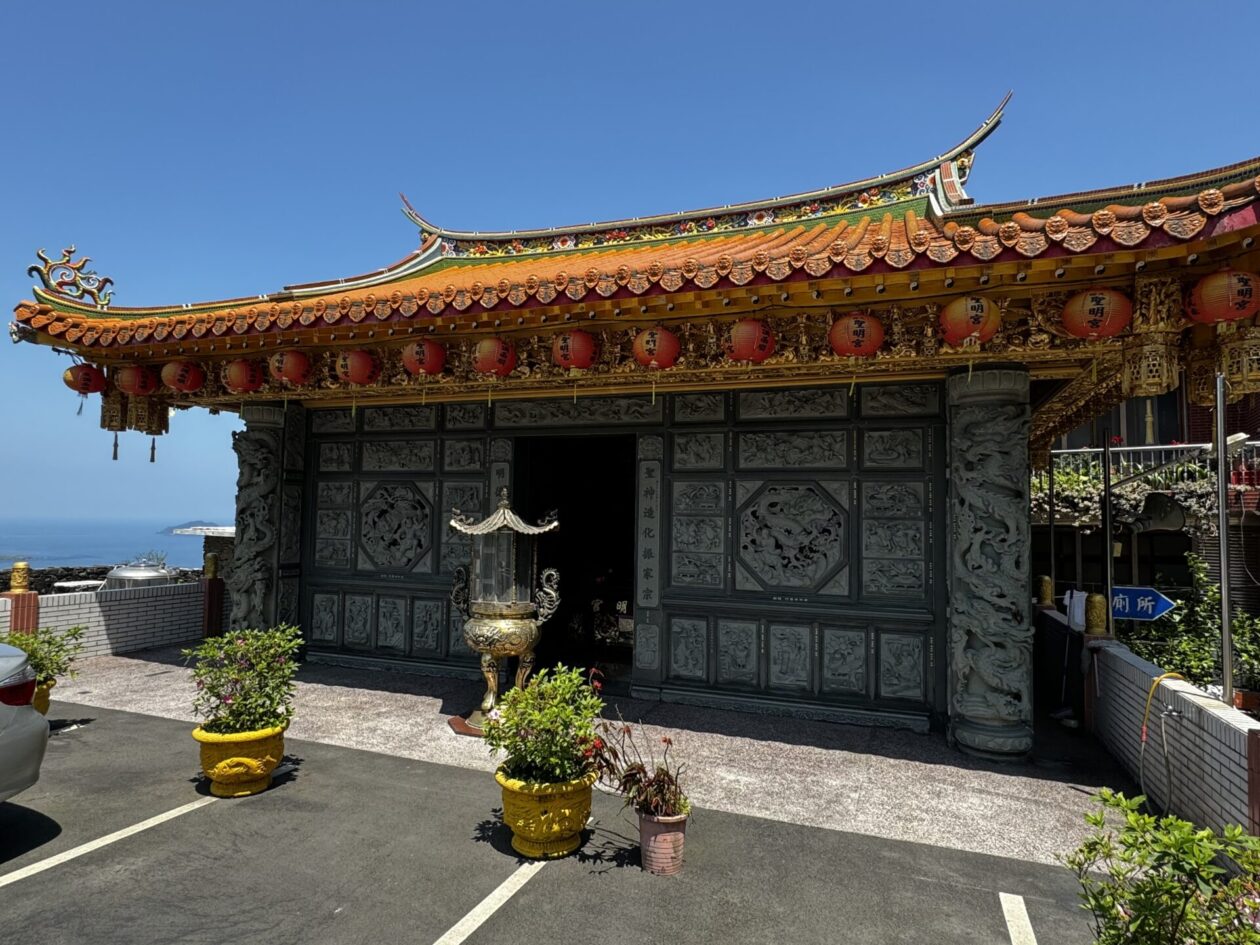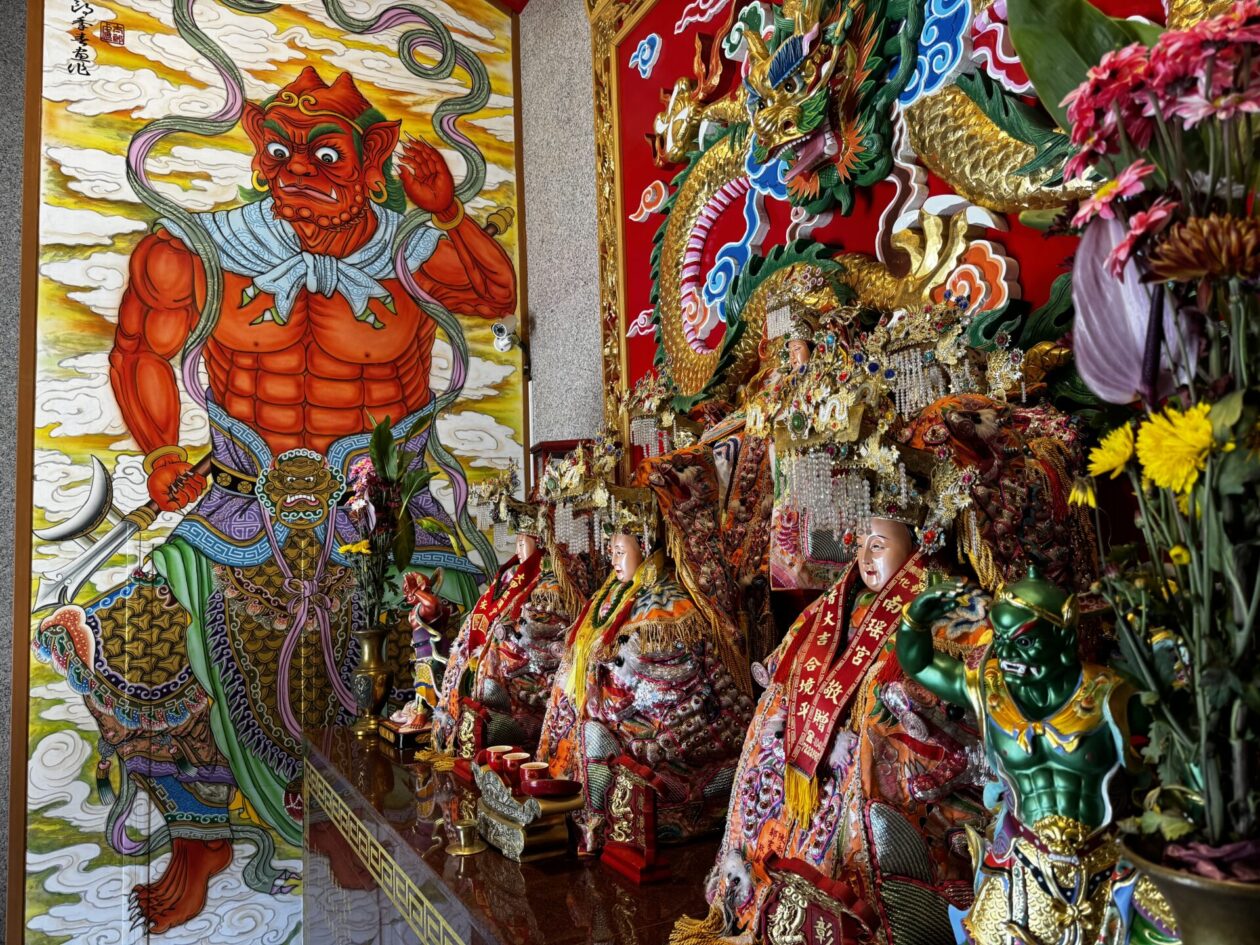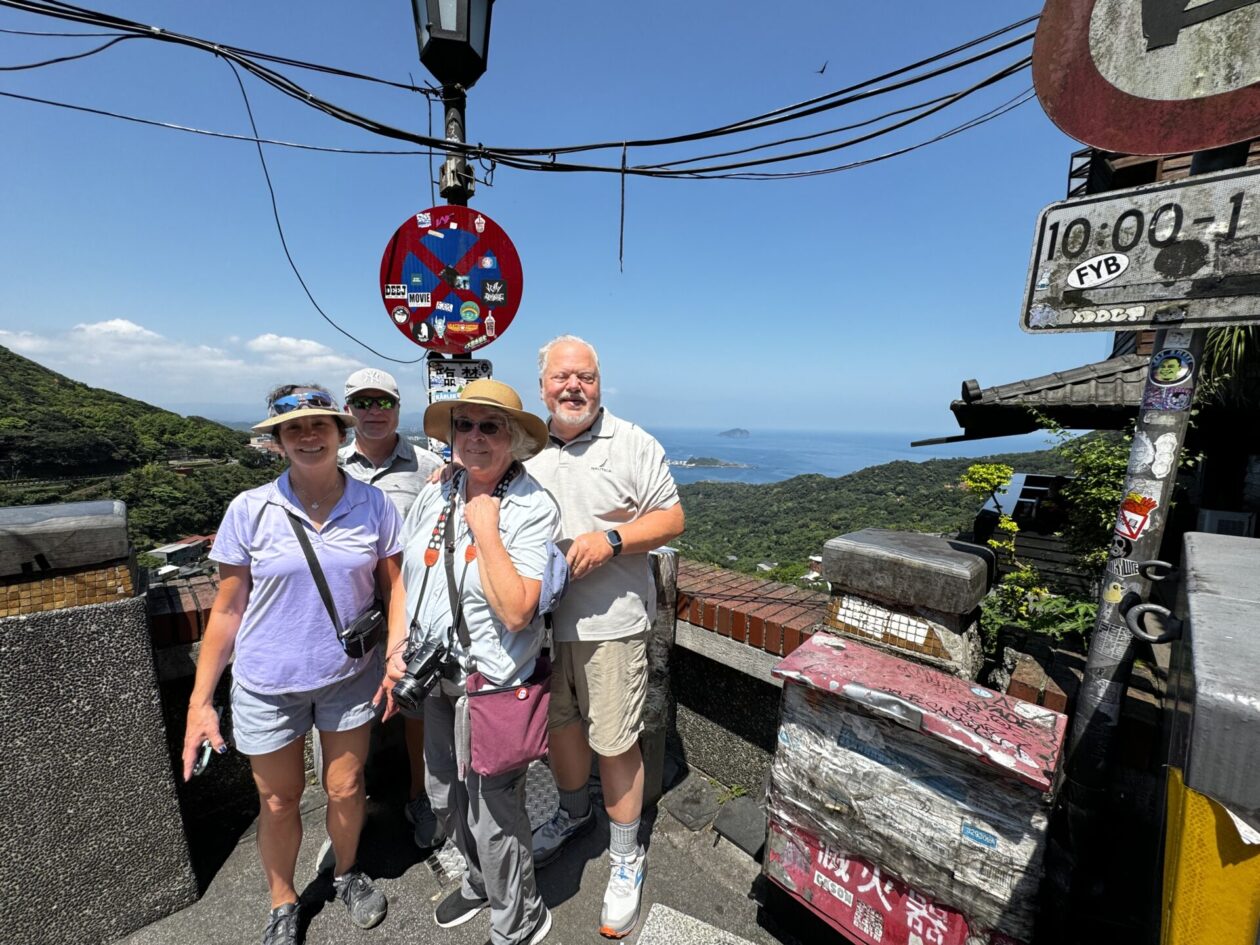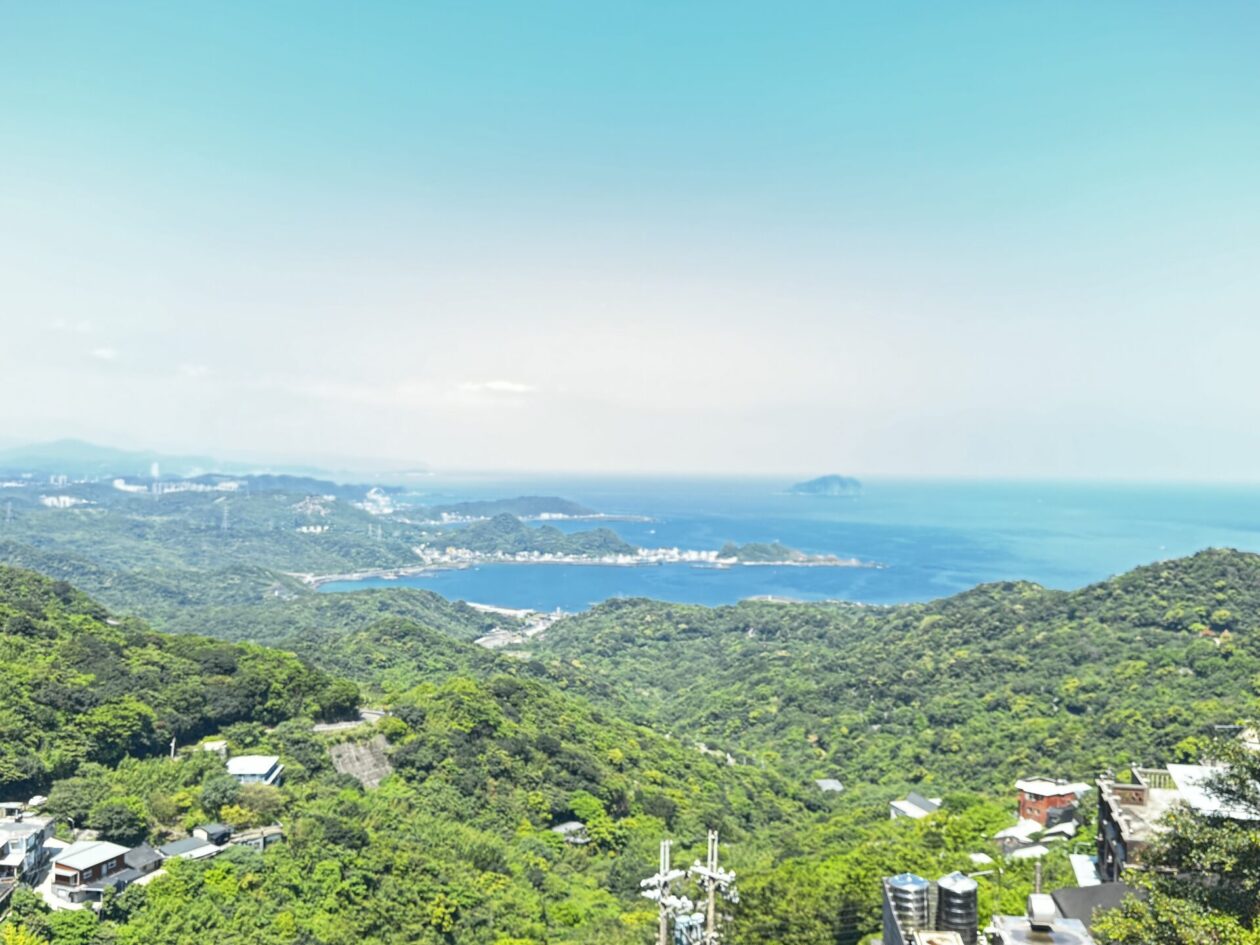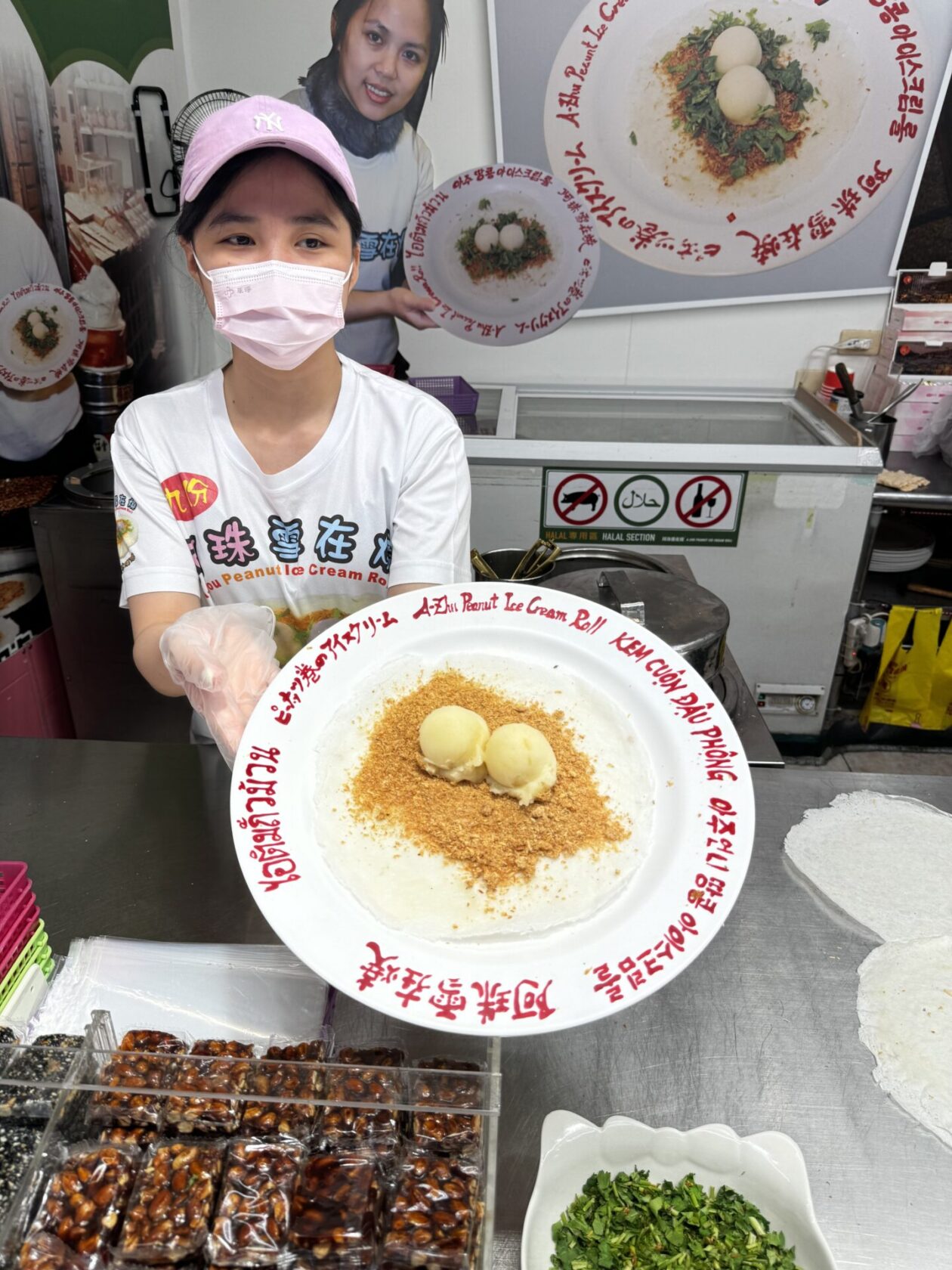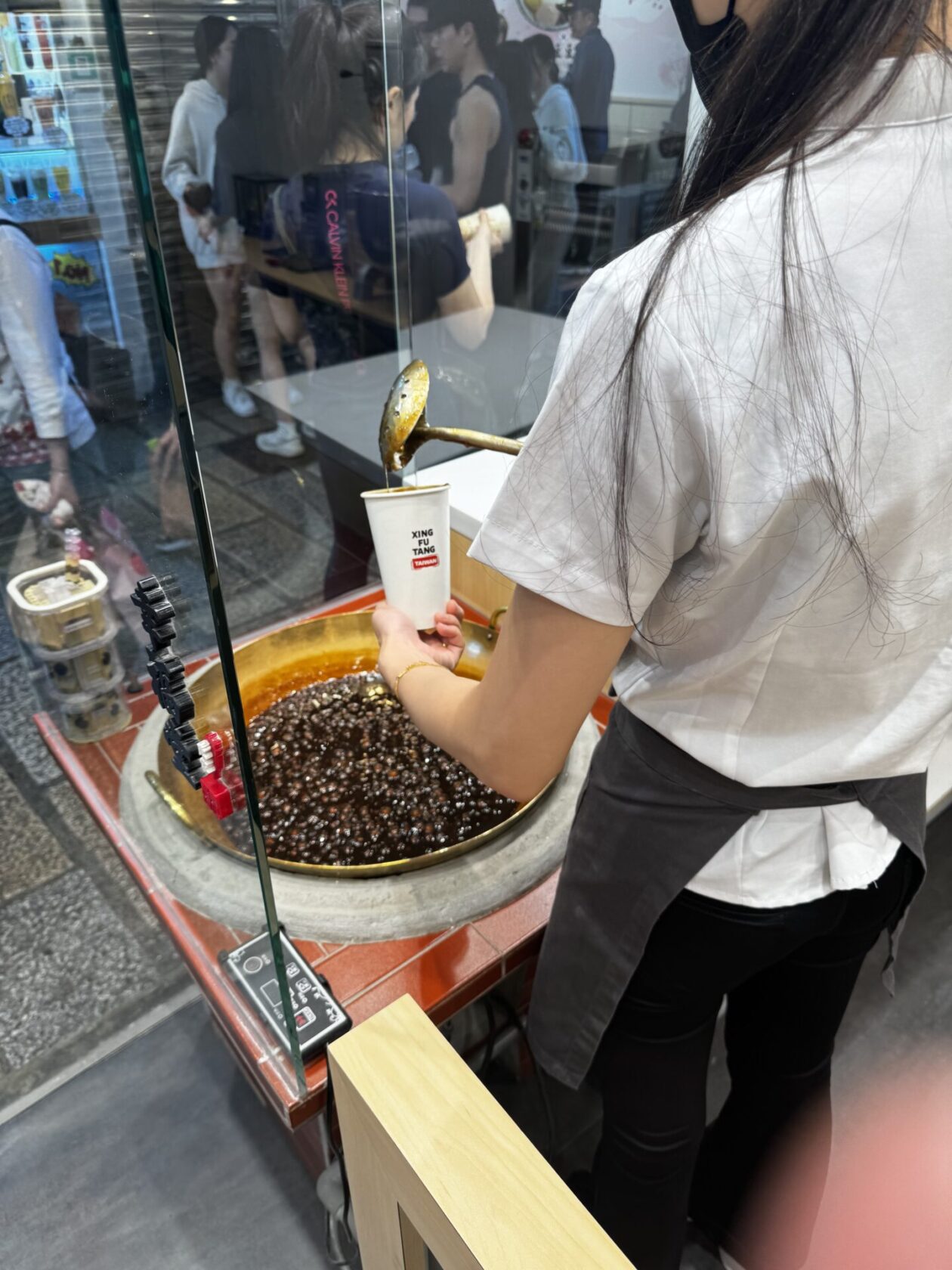- Northern Pacific Wanderings 2024 — here we go!
- Enjoying a few days in Hong Kong
- A day in Kaohsiung and Tainan, Taiwan
- A quick trip to the Penghu Islands
- Two Days in Taipei, Taiwan
- Naha, Okinawa
- Two days in Beijing
- Two days in Incheon and Seoul, South Korea
- Jeju Island, Korea
- Busan, Korea in a day!
- Nagasaki, Japan
- Arita, Japan
- Miyajima and Hiroshima, Japan
- Kyoto’s Bamboo Forest and Rock Garden
- Matsushima, Japan
- Hakadote, Japan
- Kushiro, Japan
- Dutch Harbor….er, Unalaska, Alaska
- Kodiak, AK
- Homer, AK
- Glacier Bay National Park and Preserve, AK
- Sitka, AK
- Klawock and Craig, AK
- A Nanaimo, BC, Canada drive by
- Vancouver BC, end of trip, and final thoughts
We have just finished two days in Keelung and Taipei, Taiwan. Keelung is the port city that serves Taipei and it is interesting in its own right. Surrounded by mountains and the coast, Keelung is a natural port and also an excellent defense from attacks by the sea. Up in the surrounding hills lies Ershawan Hill, a 19th century fort that protected Taiwan during the First Opium War. Further up the hill is a giant Guanine statue that watches over the city. As I have mentioned, this is the first time I have been back here since 1975 and I have provided a before and after photo to show you just how much the area has changed in the last 49 years.
Anyway, we were off to Taipei. Despite having a population of nearly 2.5 million, the traffic was pretty reasonable (that may be due to the fact that it was a holiday — whatever the reason we were grateful!). The places we went to were largely revisits for me, but totally interesting regardless. As with other parts of Taiwan, we visited a number of temples and maybe it is worth a minute to talk about religion and philosophy here. The two primary religions here are Buddhism and Taoism; other religions are also represented here, but in much smaller numbers. While you probably know Buddhism, few people (including me) really understands Taoism and yet we see many rituals (e.g., Tai Chi, Feng Shui) that are fundamental to it. The underlying principle is balance between humans and nature with emphasis on naturalness, simplicity, and detachment. But probably more fundamental than what religion people belong to, the philosophy of Confucianism is what permeates life and culture here and family sits in the heart of it — respect for ancestors, family, and all of society. Service, duty, and respect are all underlying principles. Studiousness and education are also key, in order for you to serve more effectively. Having a basic understanding of this helped make sense of the many temples we visited not only in Taipei, but also around the rest of Taiwan. We started our day at the Confucian Temple. Unlike the very ornate one we visited in Tainan, the Confucian Temple here was quite plain. When trying to find out why, I leaned that this is the only privately owned Confucian Temple in Taiwan. Just down the street, we visited the Bao-An Temple, dedicated to Pashen Tati, the god of Medicine. It is Taoist in religion (other characteristics of Taoism are multiple gods and offerings made for intercessions or thanks). Originally built in 1830, it has been renovated over the years, but things like the stone carvings and murals are all original — and beautiful. We noted lots of people leaving offerings and asking questions — answered by using some numbered sticks and a pair of curved blocks (yin and yang) that when thrown can tell you if you will have good or bad luck.
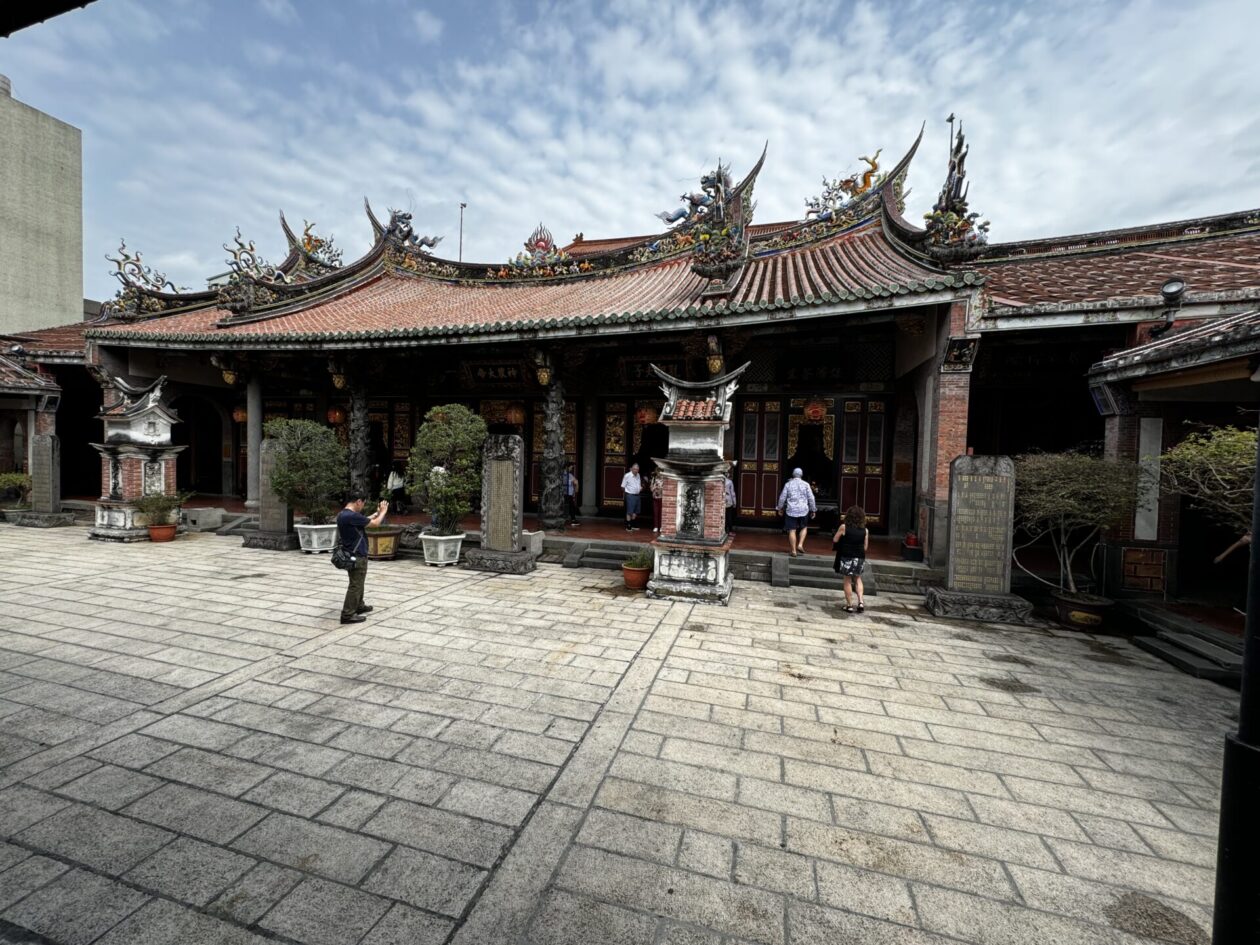
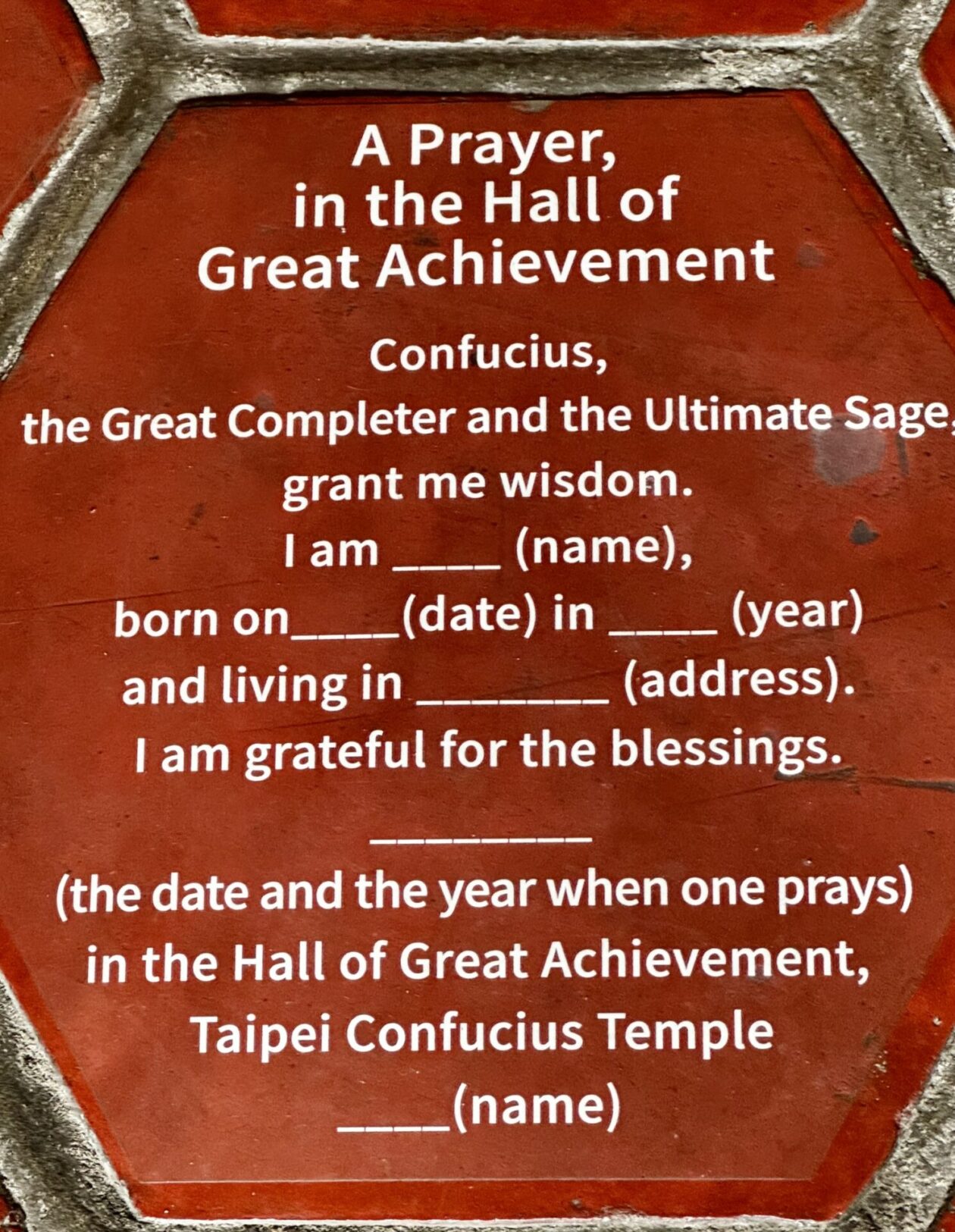
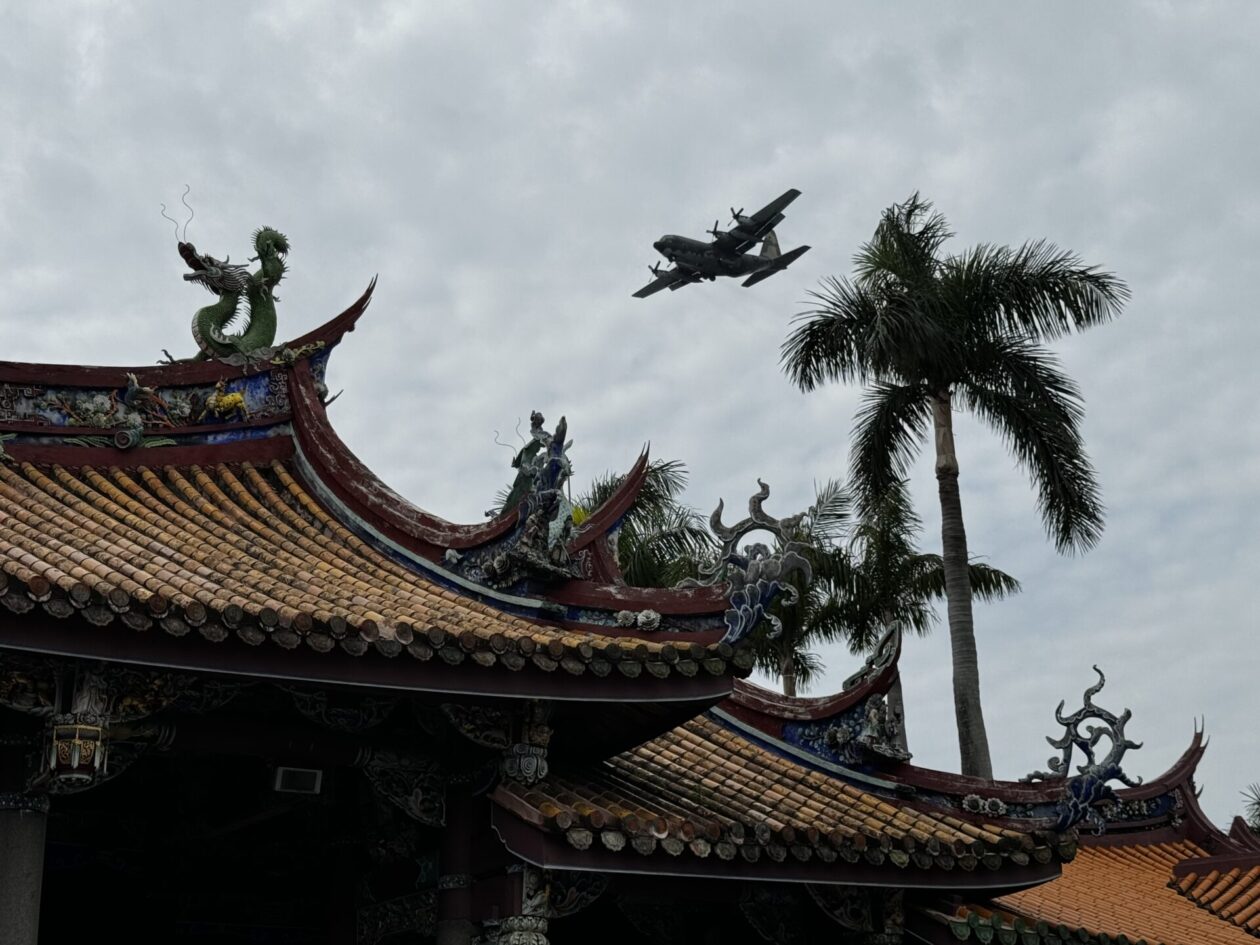
Our last stop of the morning was at the National Palace Museum which houses one of the largest collections of ancient Chinese objects and art in the world. Spanning more than 8,000 years of history, it includes incredible works of jade, bronze, ceramics, paintings, and other historic/precious objects. What is incredible is that this huge collection (over 700,000 pieces) was shipped to Taiwan in late 1948, as the Communist Party of China was gaining the upper hand in the Chinese Communist Revolution. While there is some anger from Mainland China that these artifacts were removed, the Chinese Communists ultimately destroyed many historical treasures (their philosophy was that the population should be looking forward — not at the past).
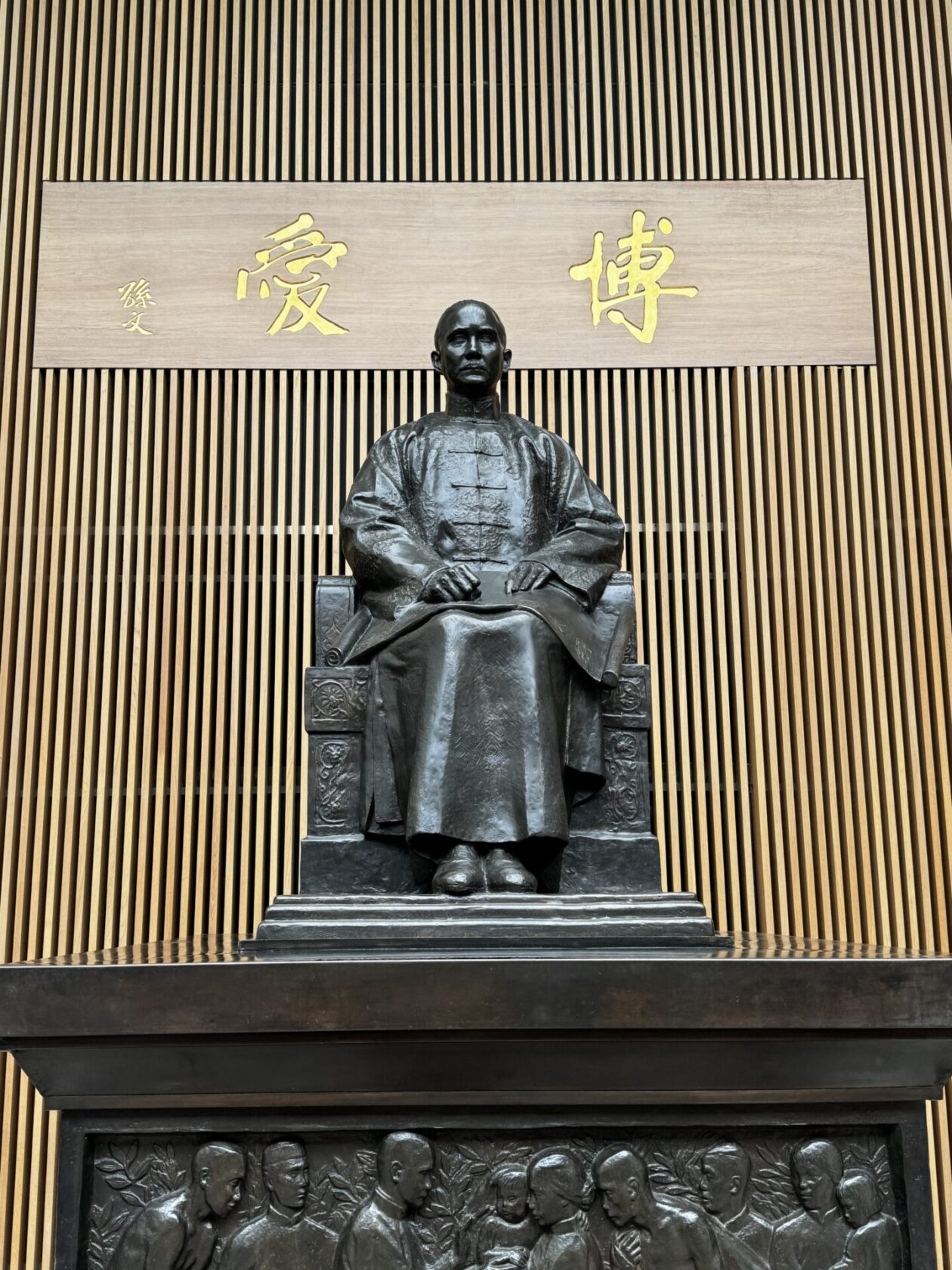
From there, we went to the palatial Grand Hotel for lunch. The hotel was built in 1952 by Chiang Kai-Shek’s wife for visitors to the country. Eisenhower, Reagan, and Clinton all stayed here. While lunch there was a buffet, it was unlike any one you have ever seen, covering multiple rooms and a wide diversity of cuisines. We then walked around the grandeur of the hotel. You feel somewhat regal just walking around the place!
We next went to the National Martyrs’ Shrine which is dedicated to the 390,000 soldiers killed in the service of their country during the War of Resistance against Japan and civil war between the Chinese Republican and communist forces. The architecture of the shrine was inspired by the Hall of Supreme Harmony in Beijing’s Forbidden City. In addition to admiring the shrine, we were there to witness the hourly changing of the honor guard near the main gate and at the entrance to the shrine itself. The path taken by the soldiers is precise and repetitive — they have been following the same path and planting their heels that way since 1969 when it was first built. As a consequence, there are actually stains on the ground marking their path.
Our last stop of the day was to the Chiang Kai-Shek Memorial Hall, a stunning monument paying tribute to the former president of Taiwan. Sitting in the middle of a beautiful park, the white marble edifice, topped with blue tile stands out, but still provides a sense of calmness. We visited the museum about Chiang Kai-Shek’s life and then went to the top to see his seated statue, that was reminiscent of the Lincoln Memorial. We also watched the changing of the guard there as well. Next to the Memorial, there was a lovely stand of woods that reinforced the calmness of the place.
On the second day, we decided to head up into the mountains instead of another day in the big city. Our first stop was at a little town called Pingxi, a town famous for its sky lantern releases. As a mountainous area, sky lanterns were initially released a means of communications. Later in the early 19th century, the Lantern Festival was brought from the Mainland to Taiwan. This festival was done at the beginning of spring planting season, and the sky lanterns served as a prayer for the coming year. It seemed that every store in this little village sold the lanterns and would help you launch them — and we did! Yes, I know all the issues that have been raised about the danger of launching these to animals, potential for fire, etc., but these people have figured it out. The lanterns don’t go very far because the fire source is so small and burns out quickly. As a consequence, they end up in the nearby hills or river. People go out to find them and they are given a bounty by the government for their return. It seems to work just fine. We saw no evidence of lantern remnants around.
Our last stop was at Chiufen, a little village in the mountains that was once a center for gold mining in Taiwan. When the gold ran out, the village of closely-packed houses clinging to the sides of the mountain remained. Finally, someone figured out that this little village could be changed into a shopping Mecca and it seems to have worked — the place was packed. Of course, there are multiple levels to this village and going from top to bottom would involve climbing over 350 steps. We did some of them, but only a small fraction. Visiting there reminded me of walking through a souk! After a little retail therapy, and taking in the views of Taipei and the East China Sea below us, we headed back to port.
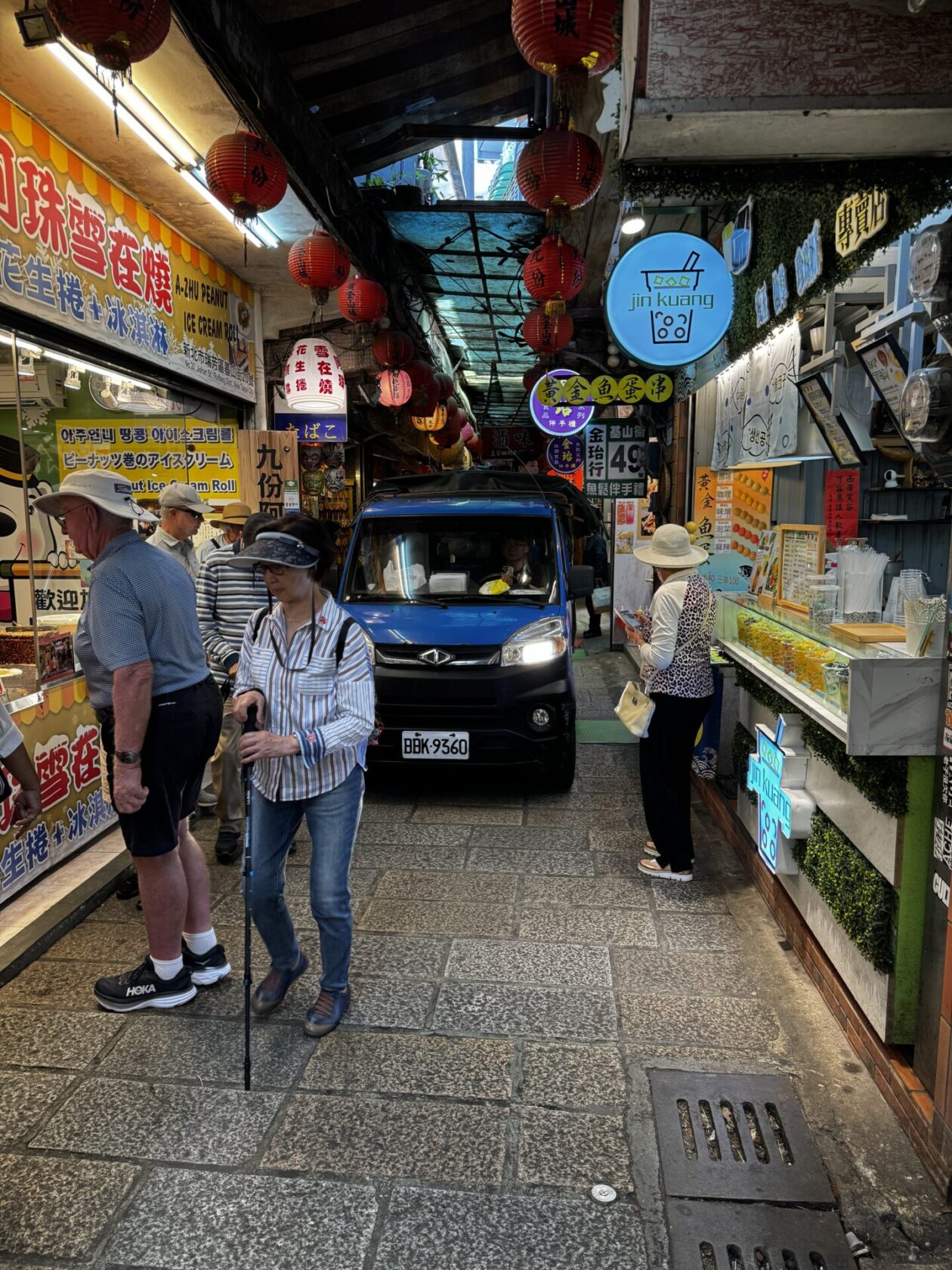
Tomorrow we make our first stop in Okinawa, Japan — Miyakojima!
This entry was posted in Cruising, Taipei, Taiwan, Travel
